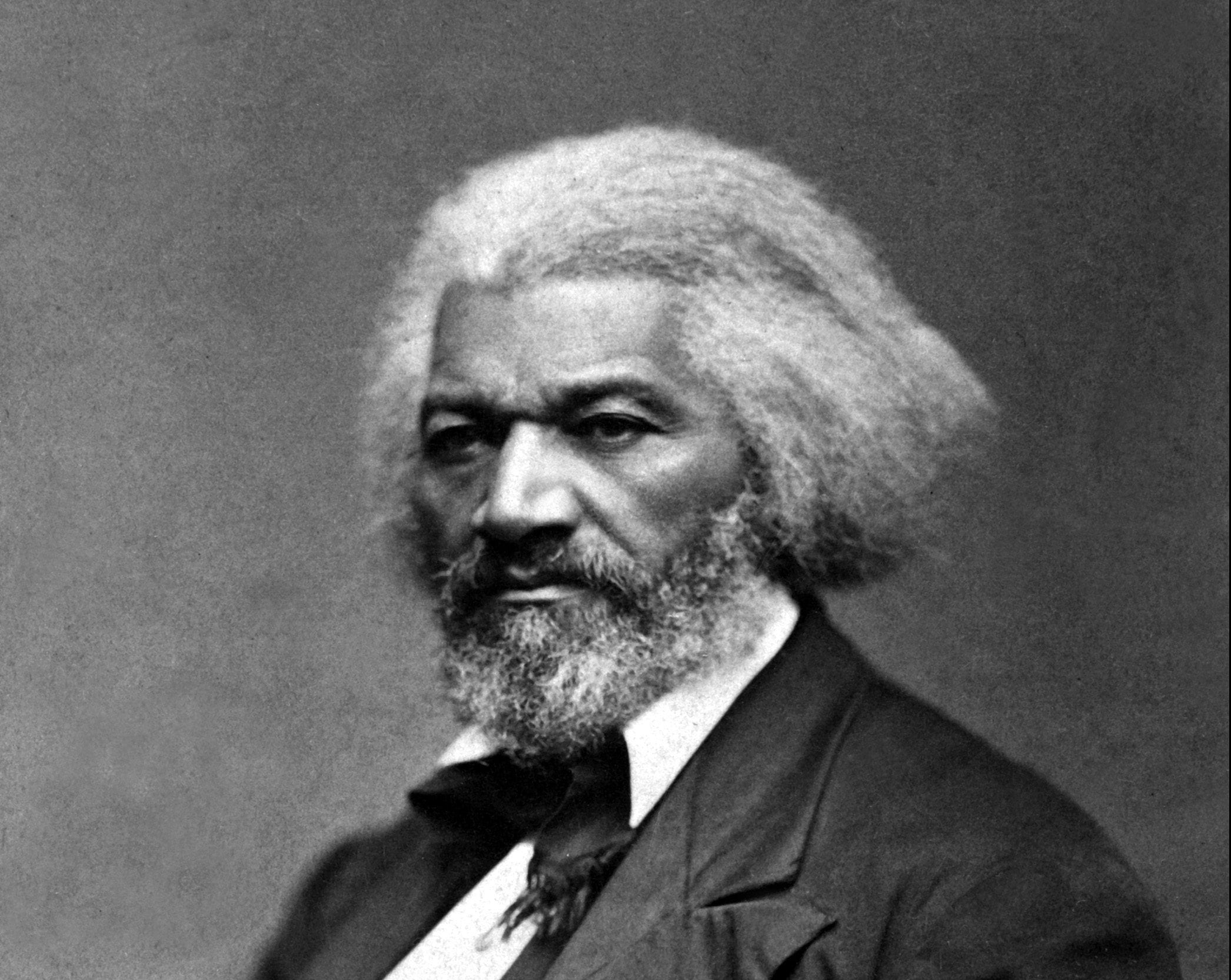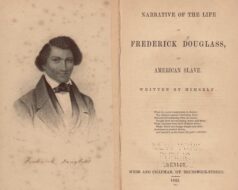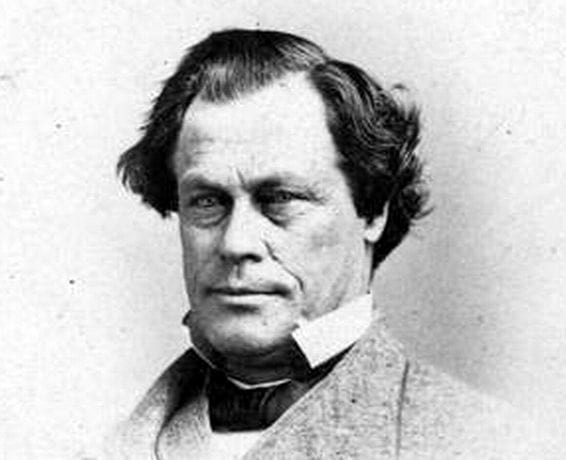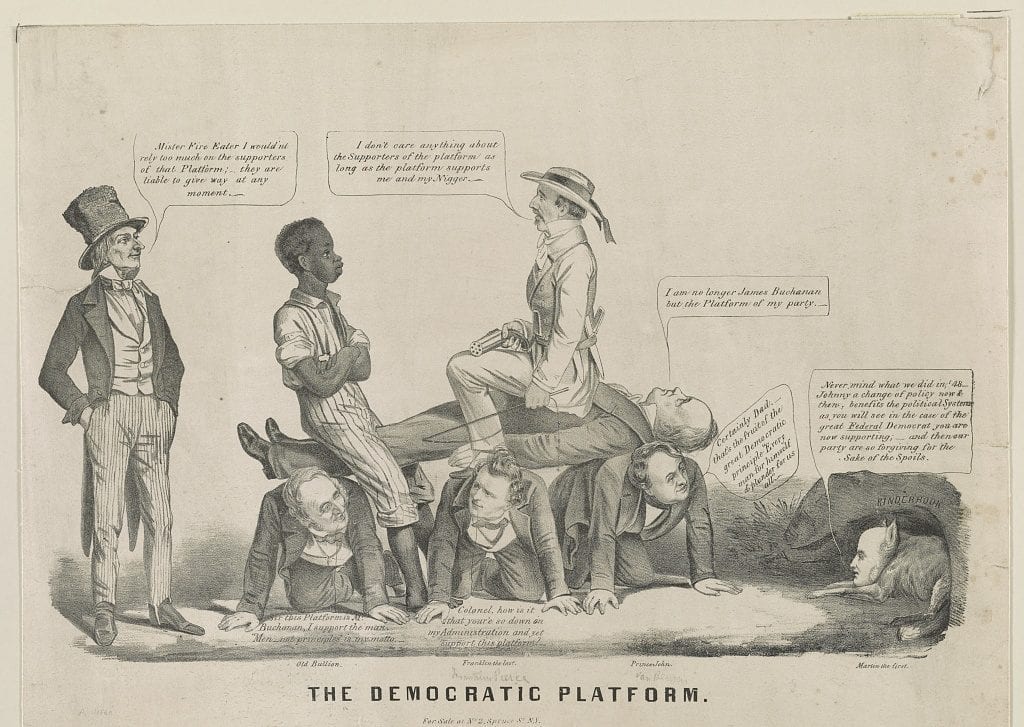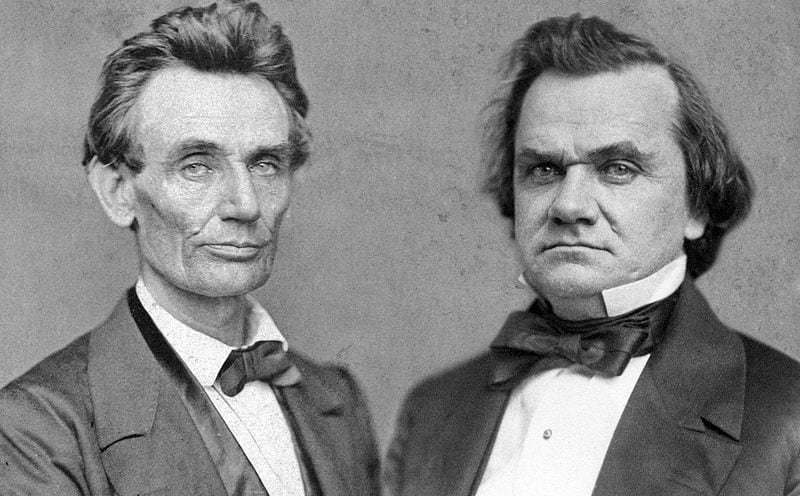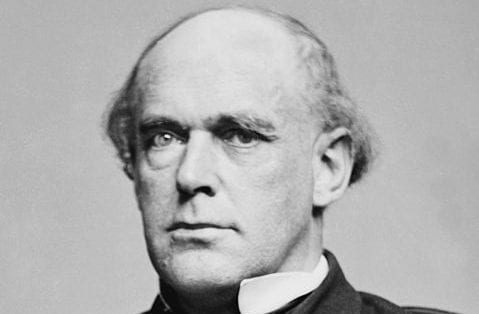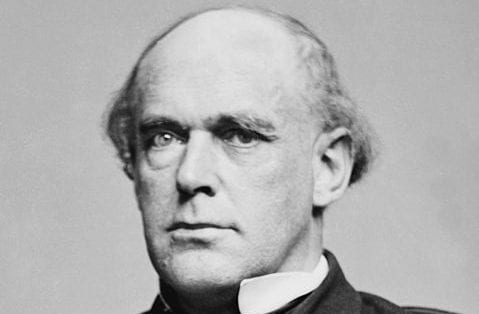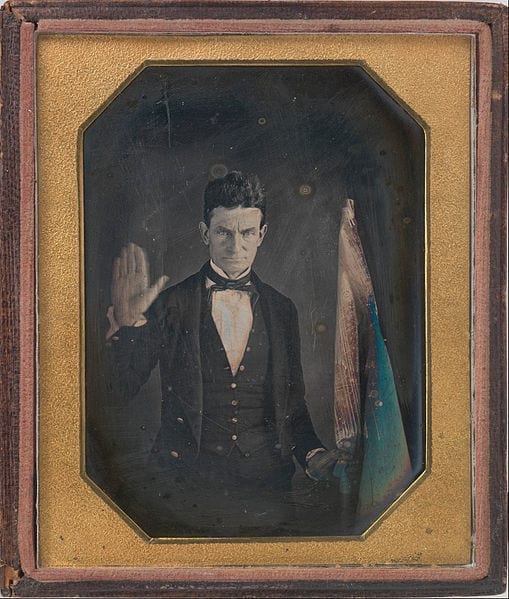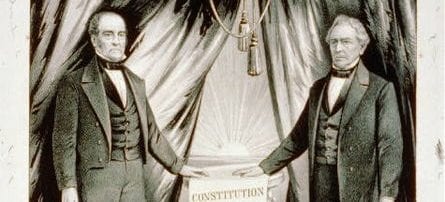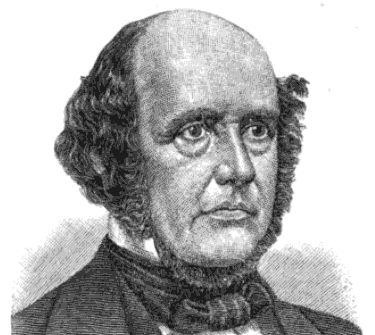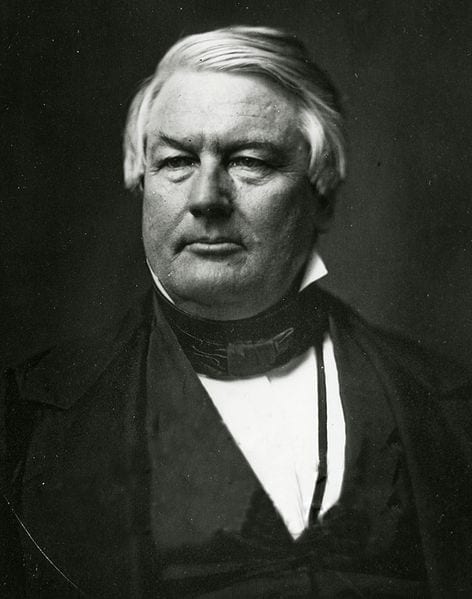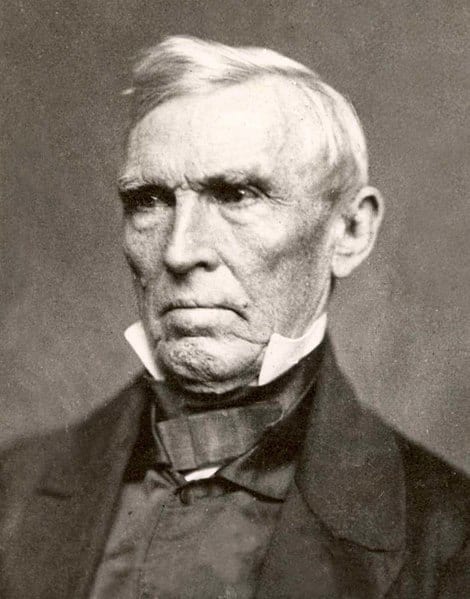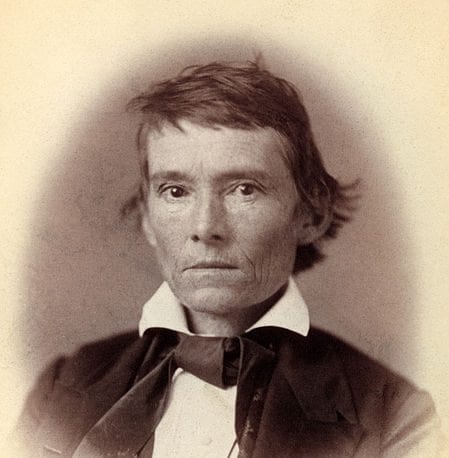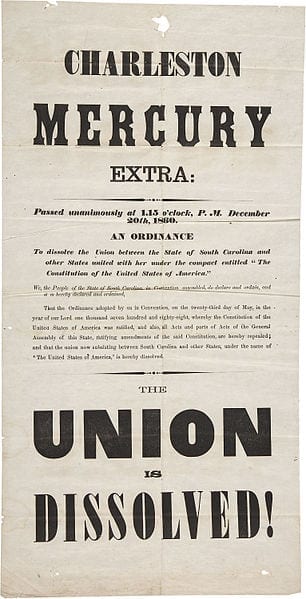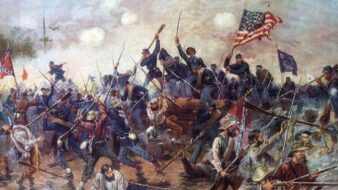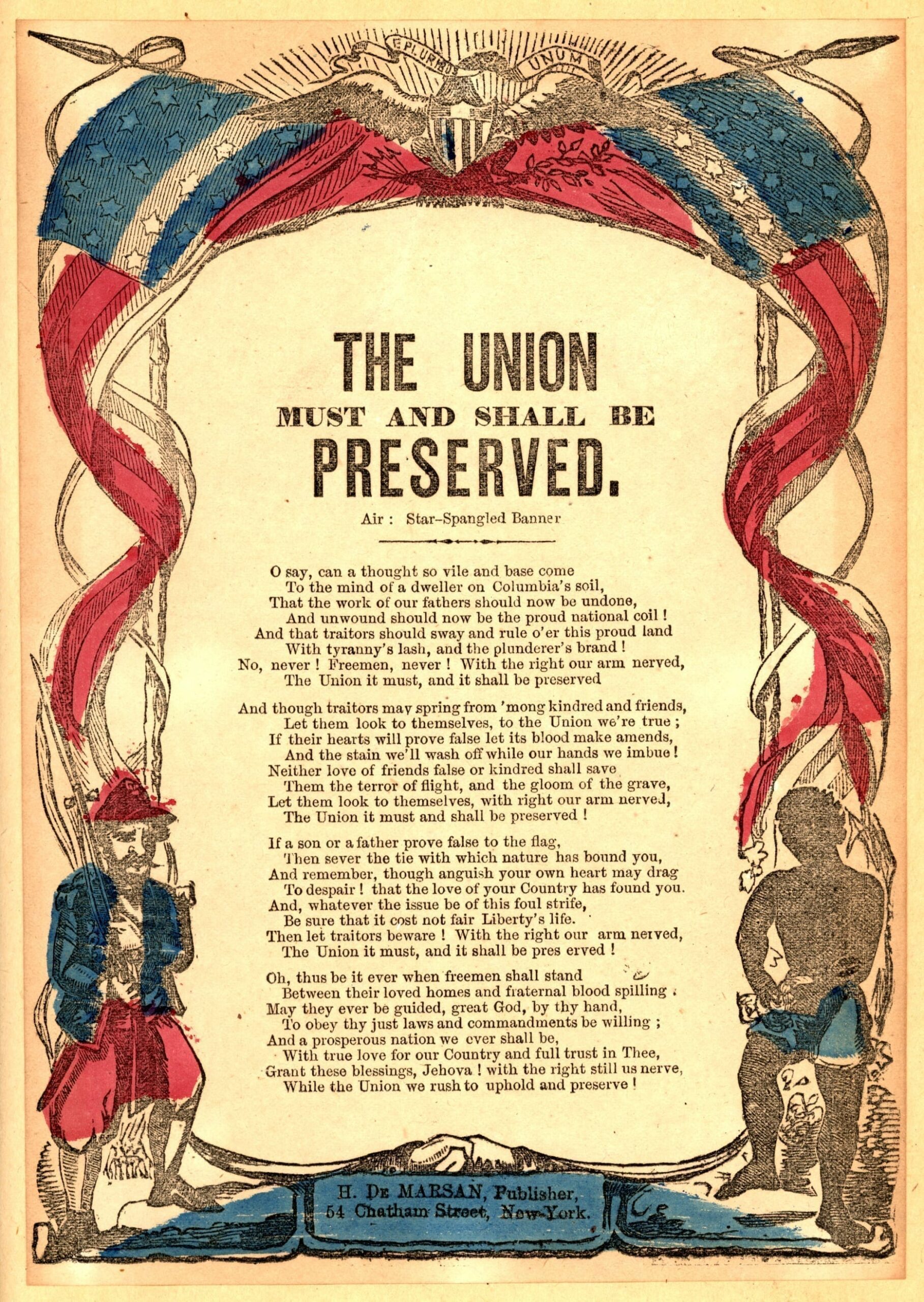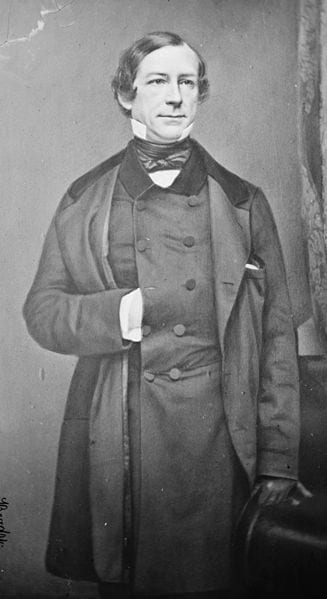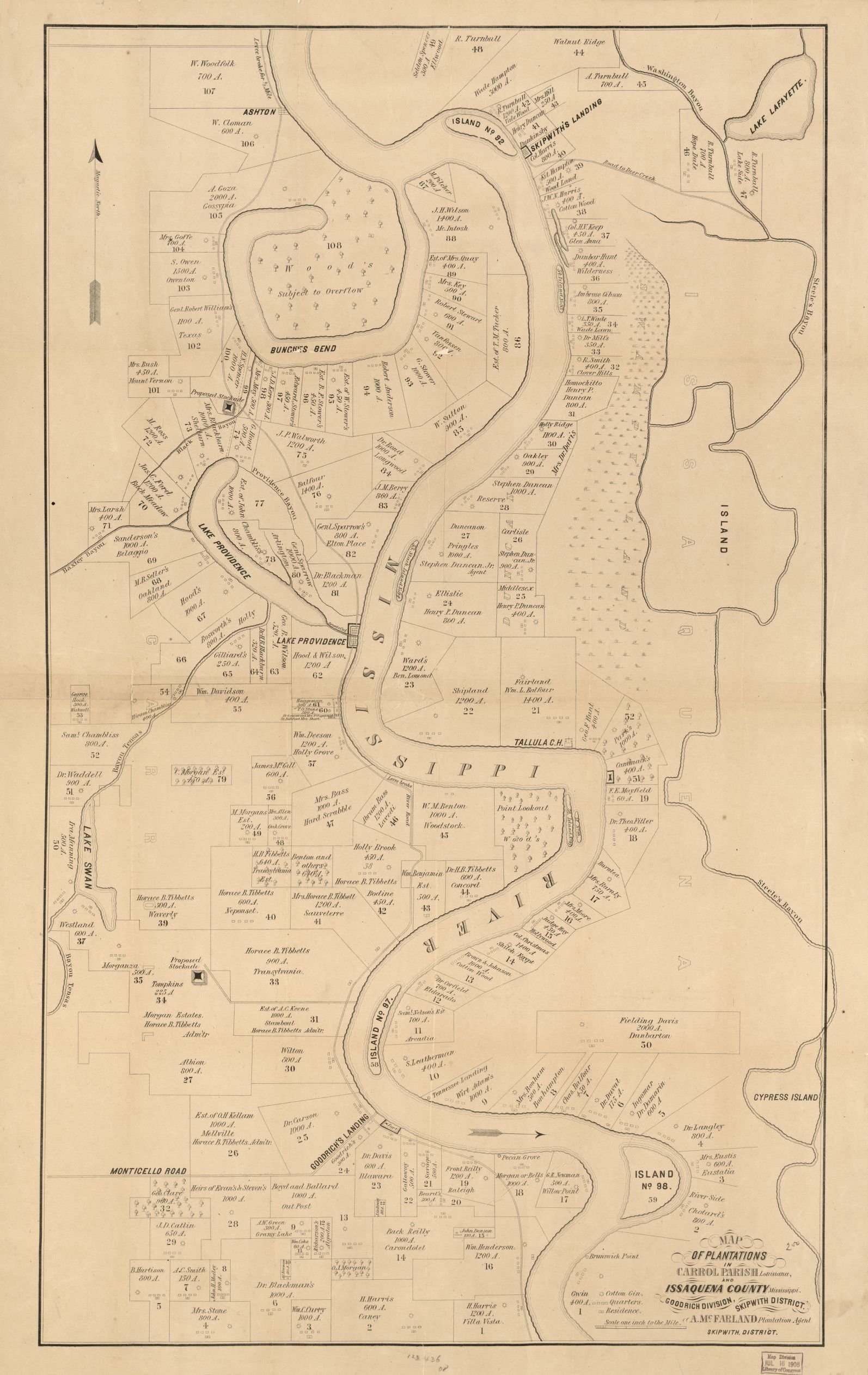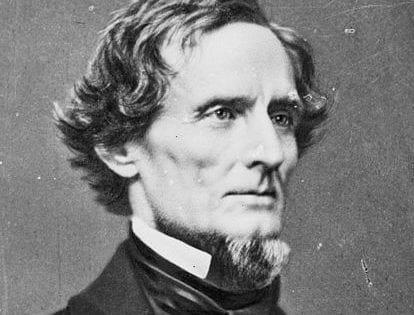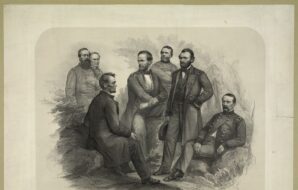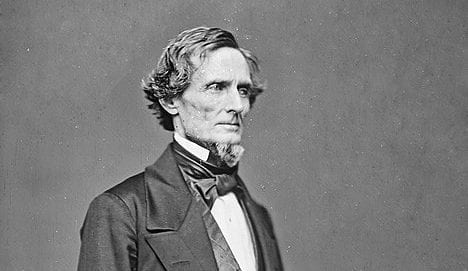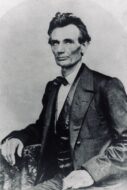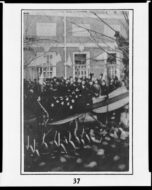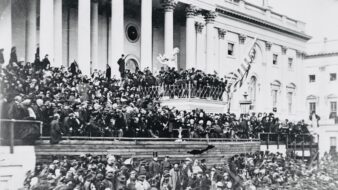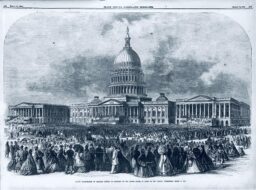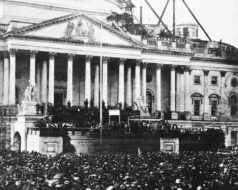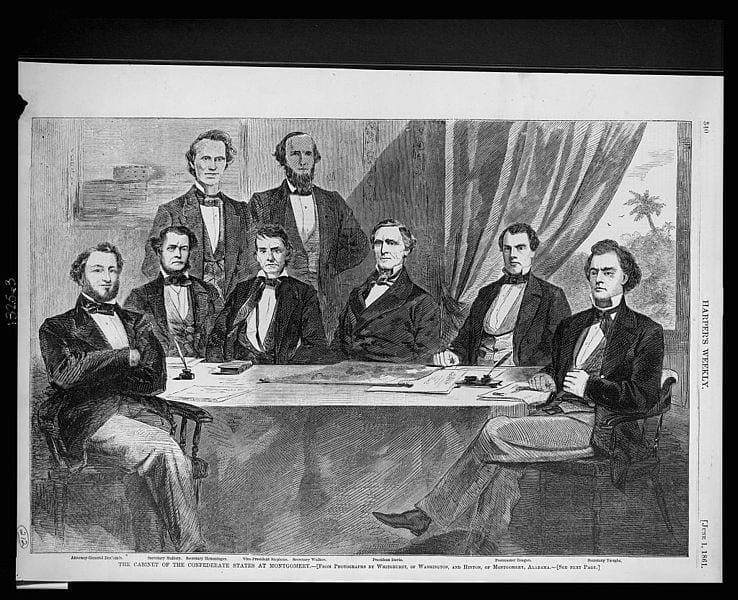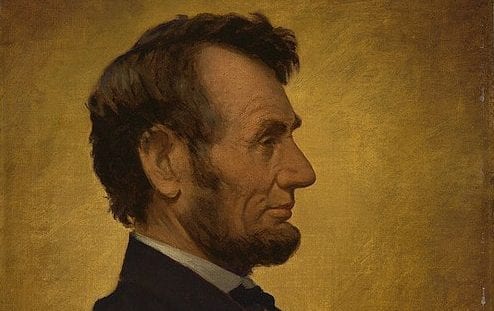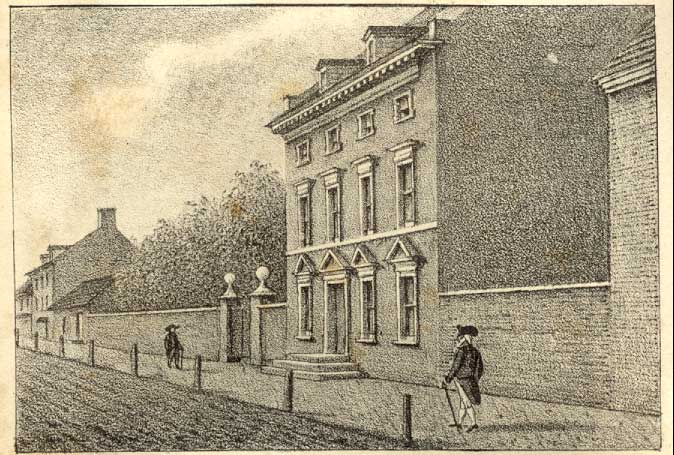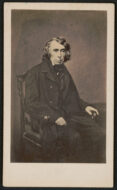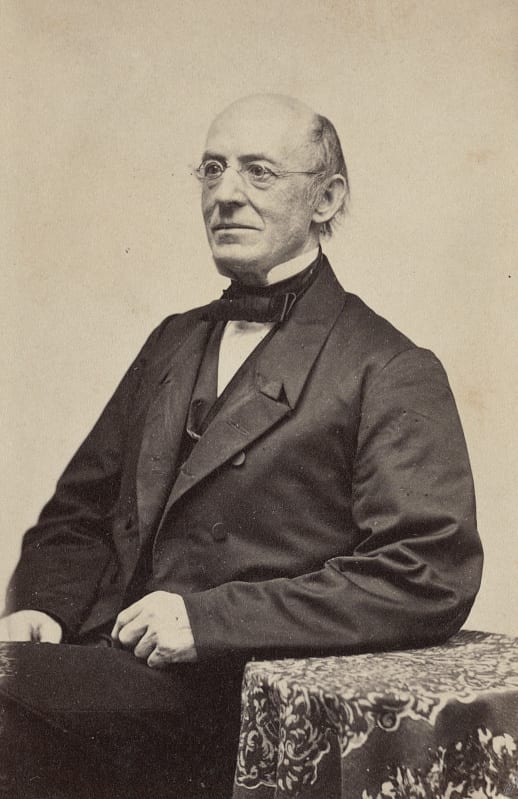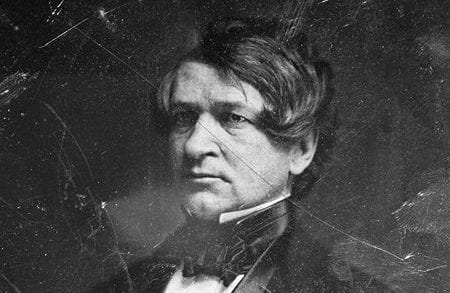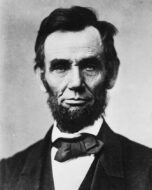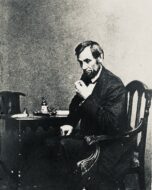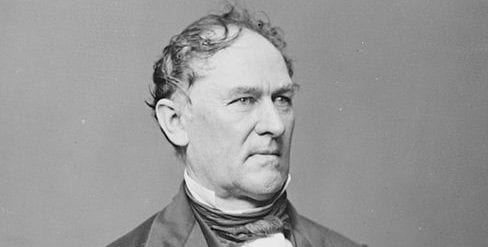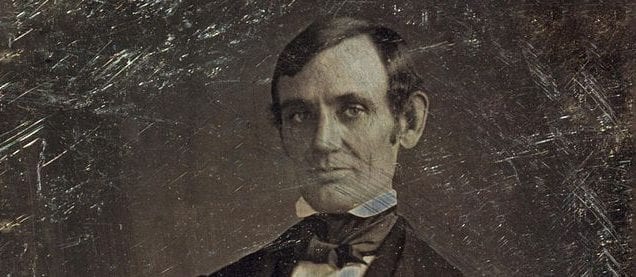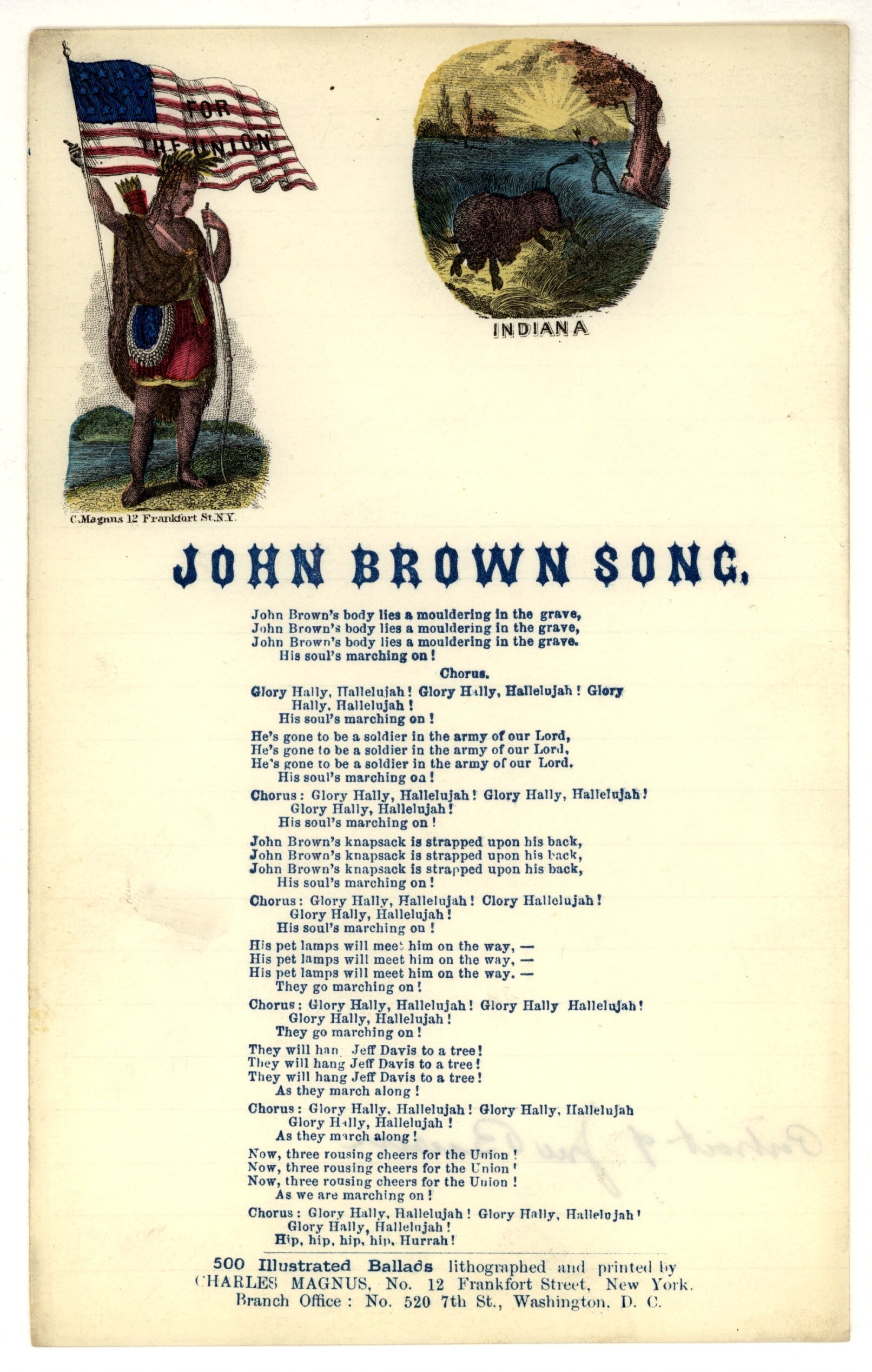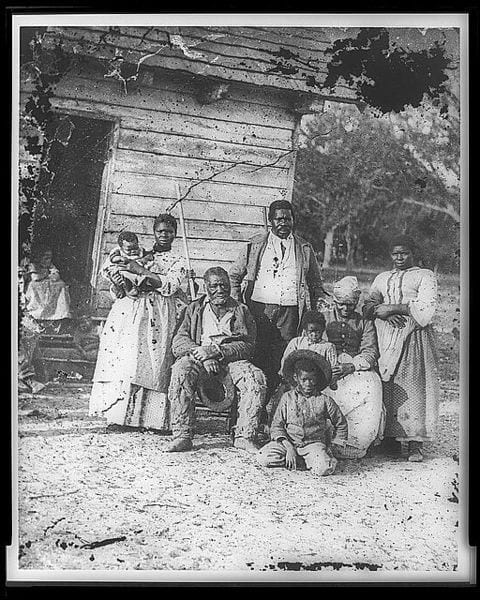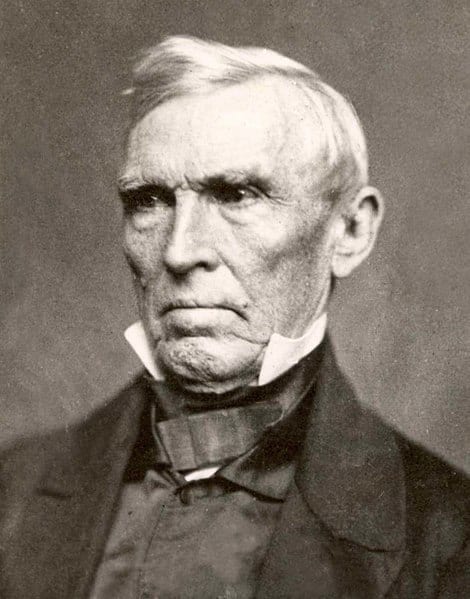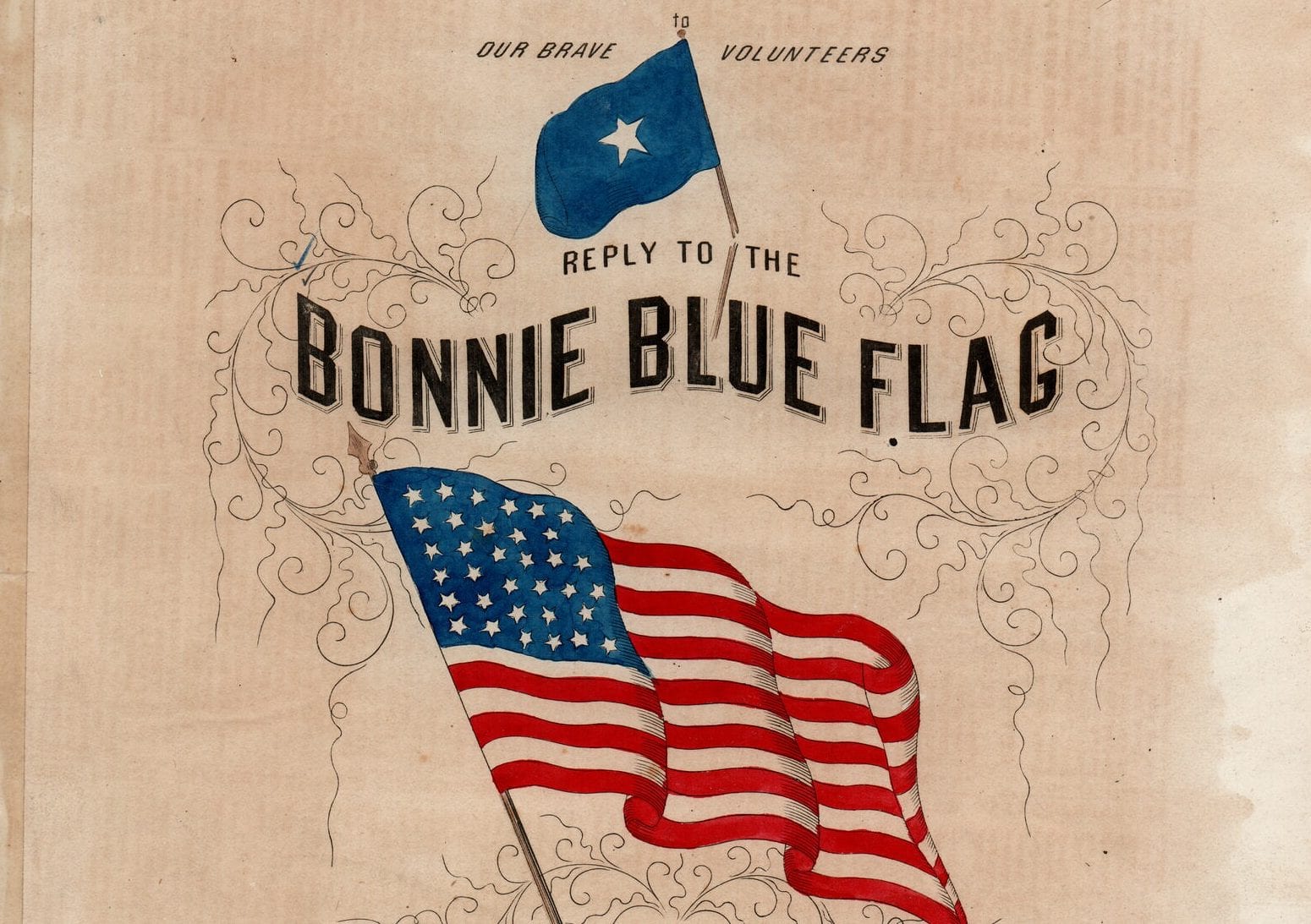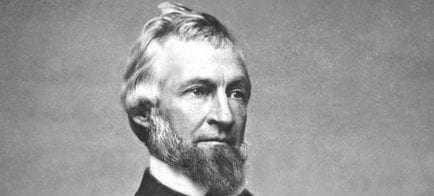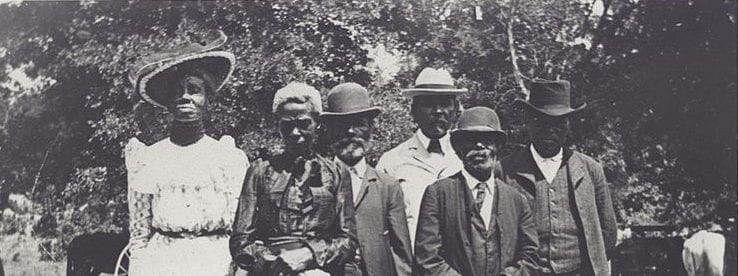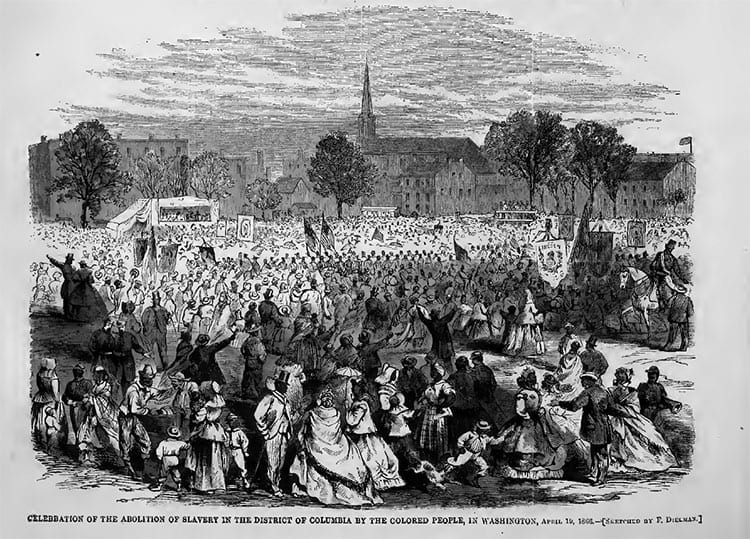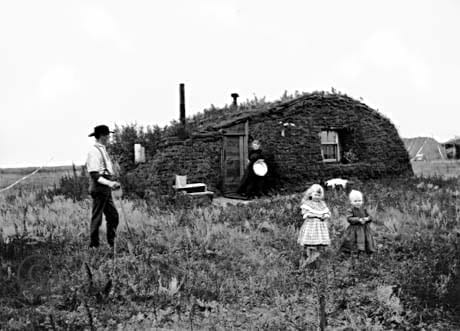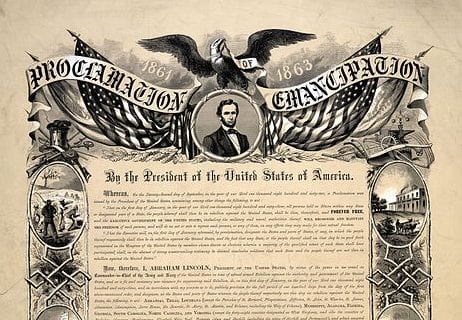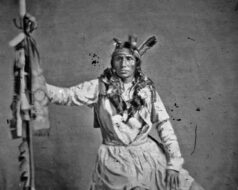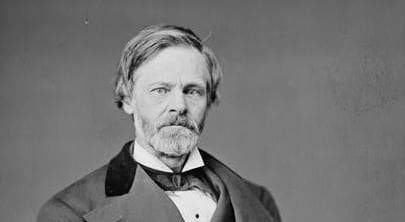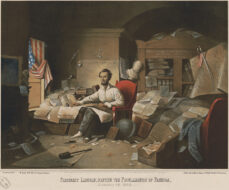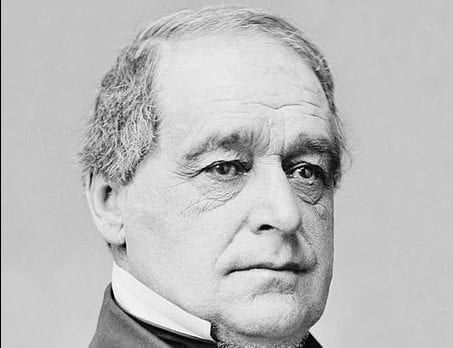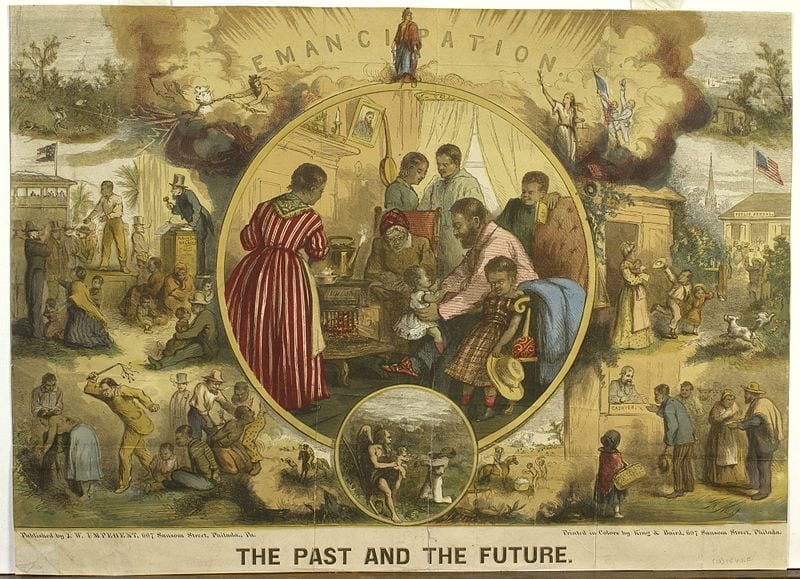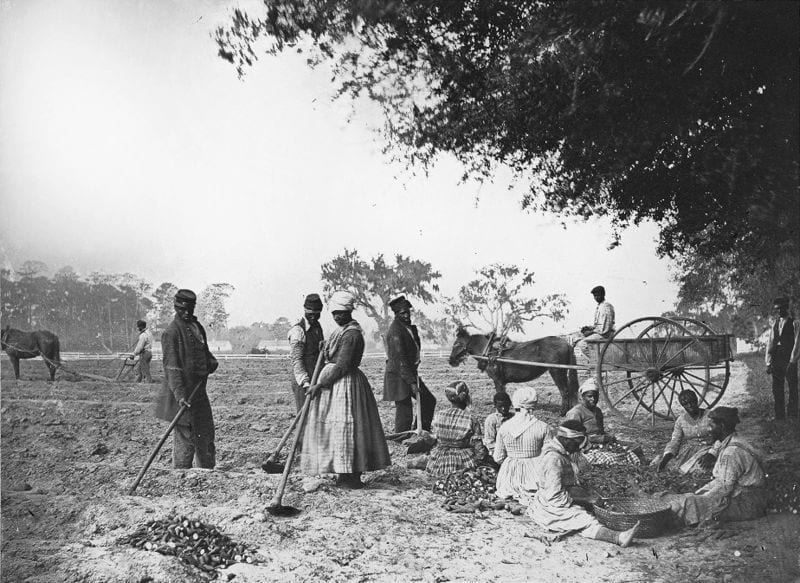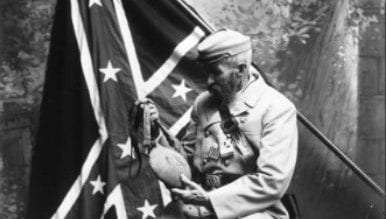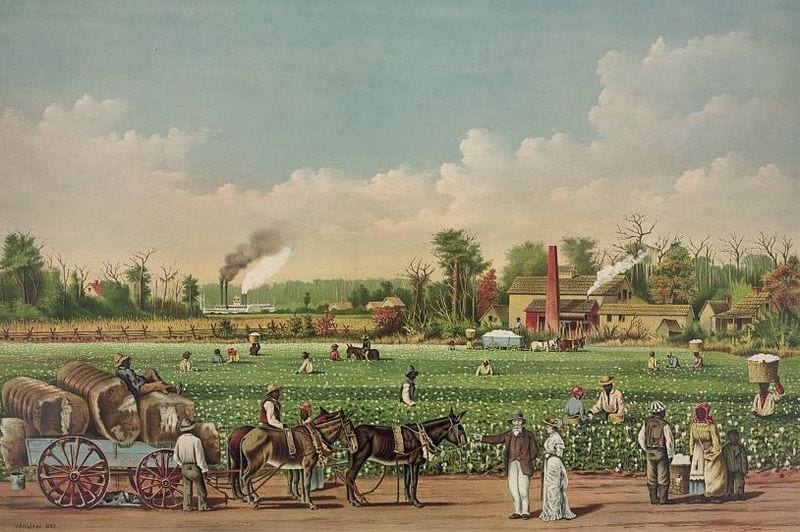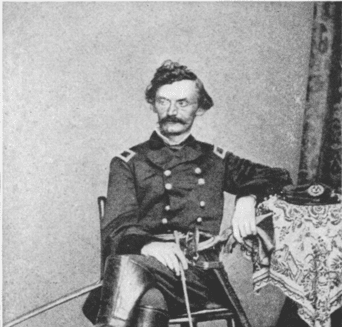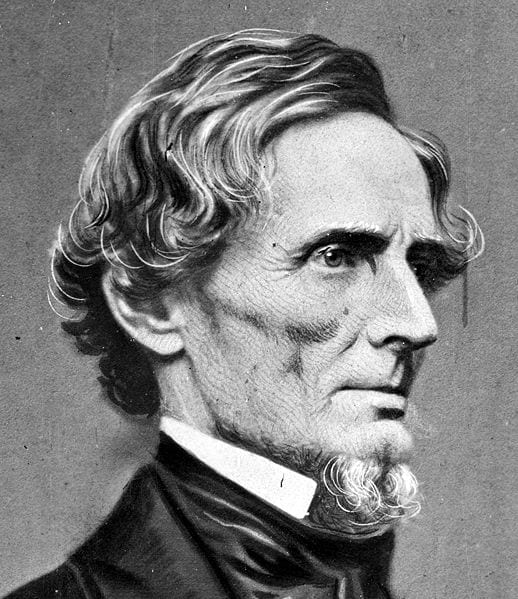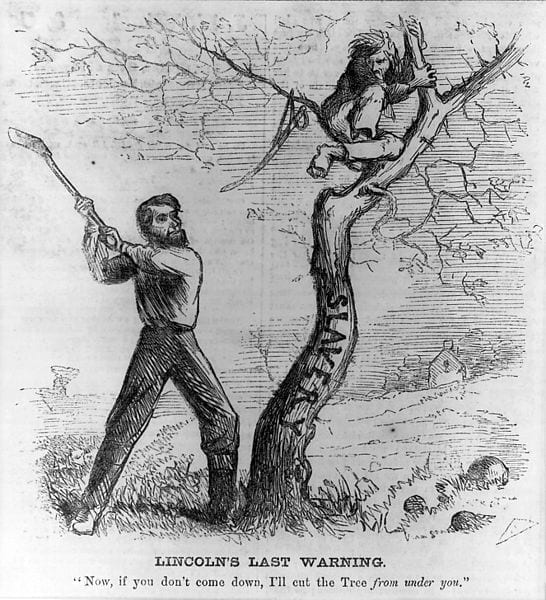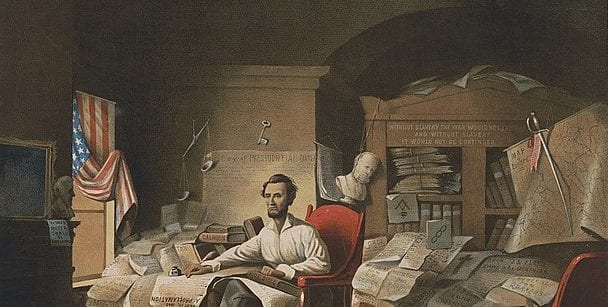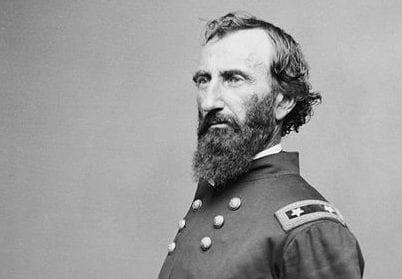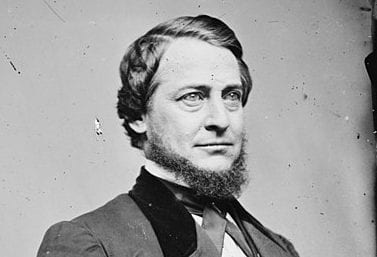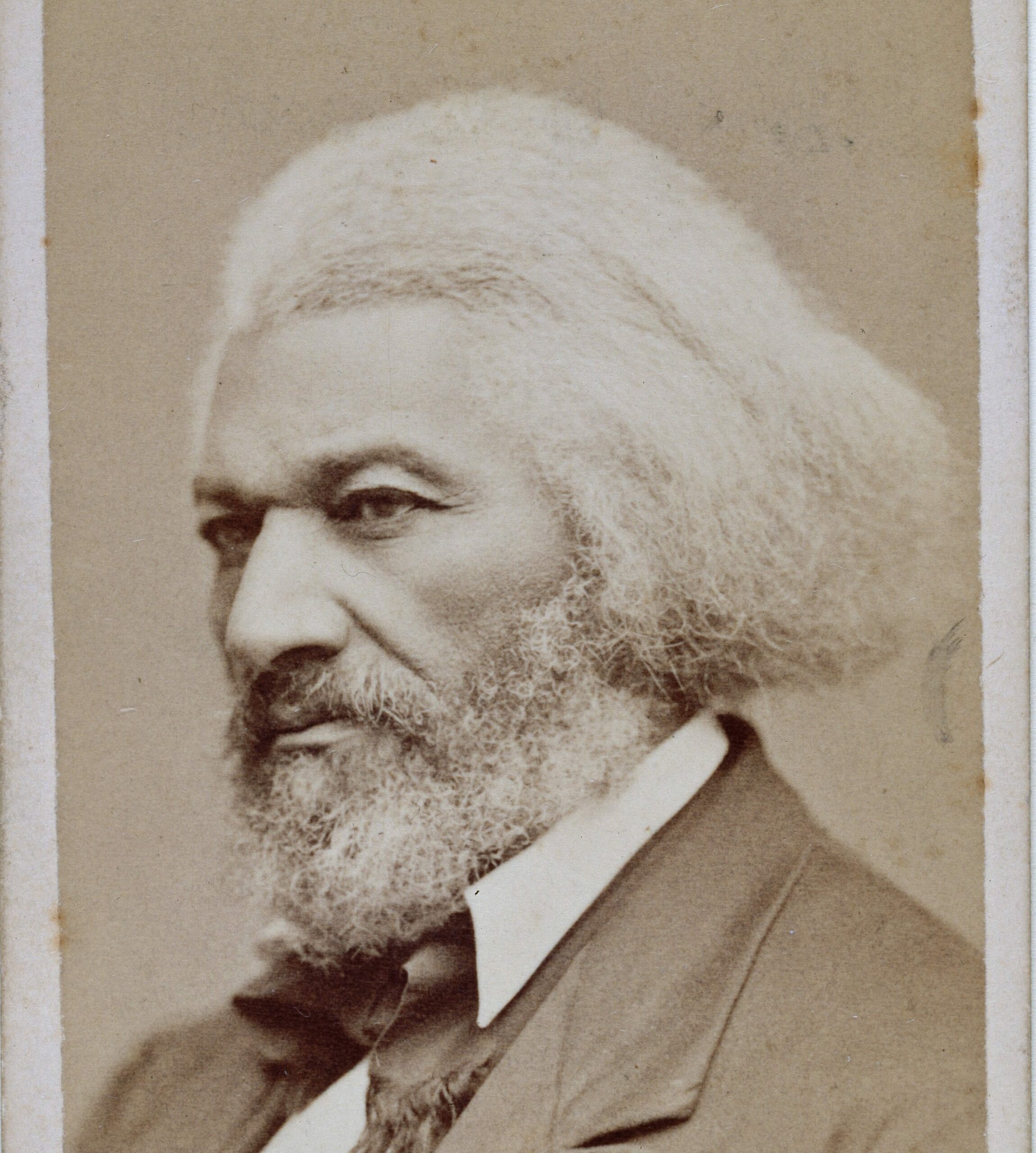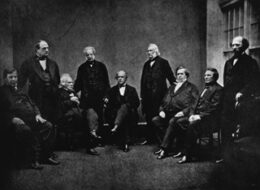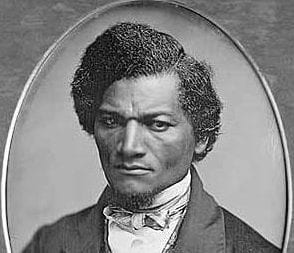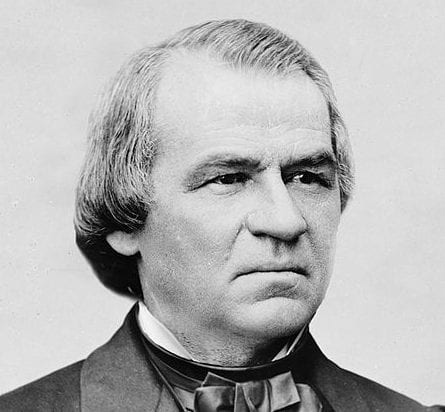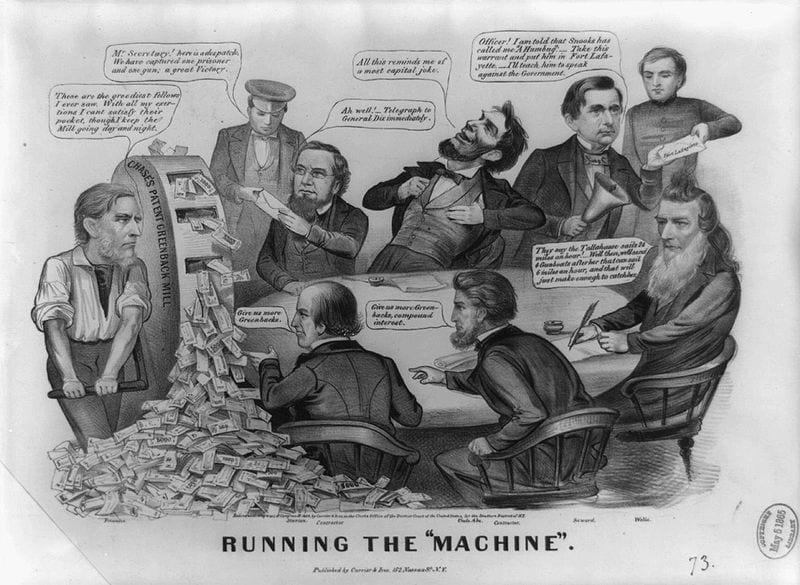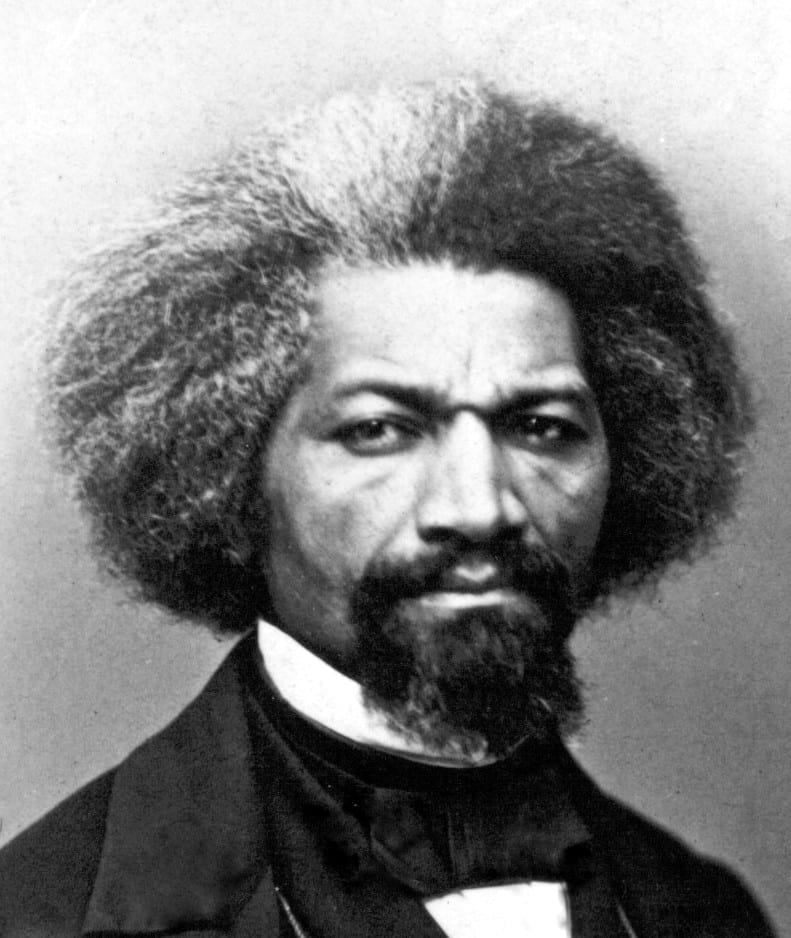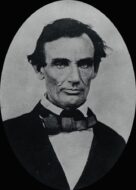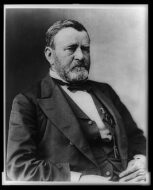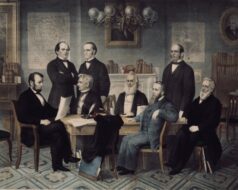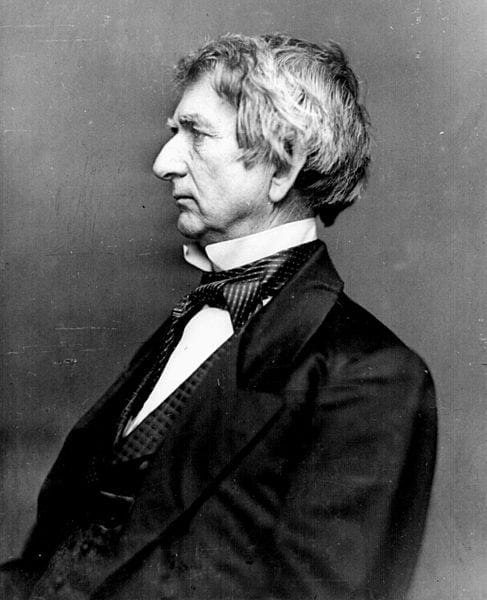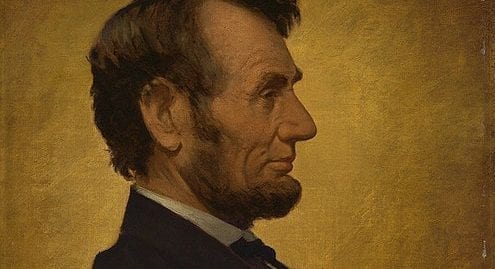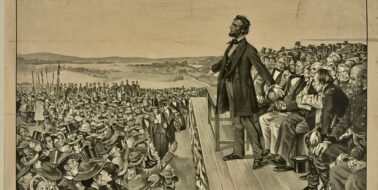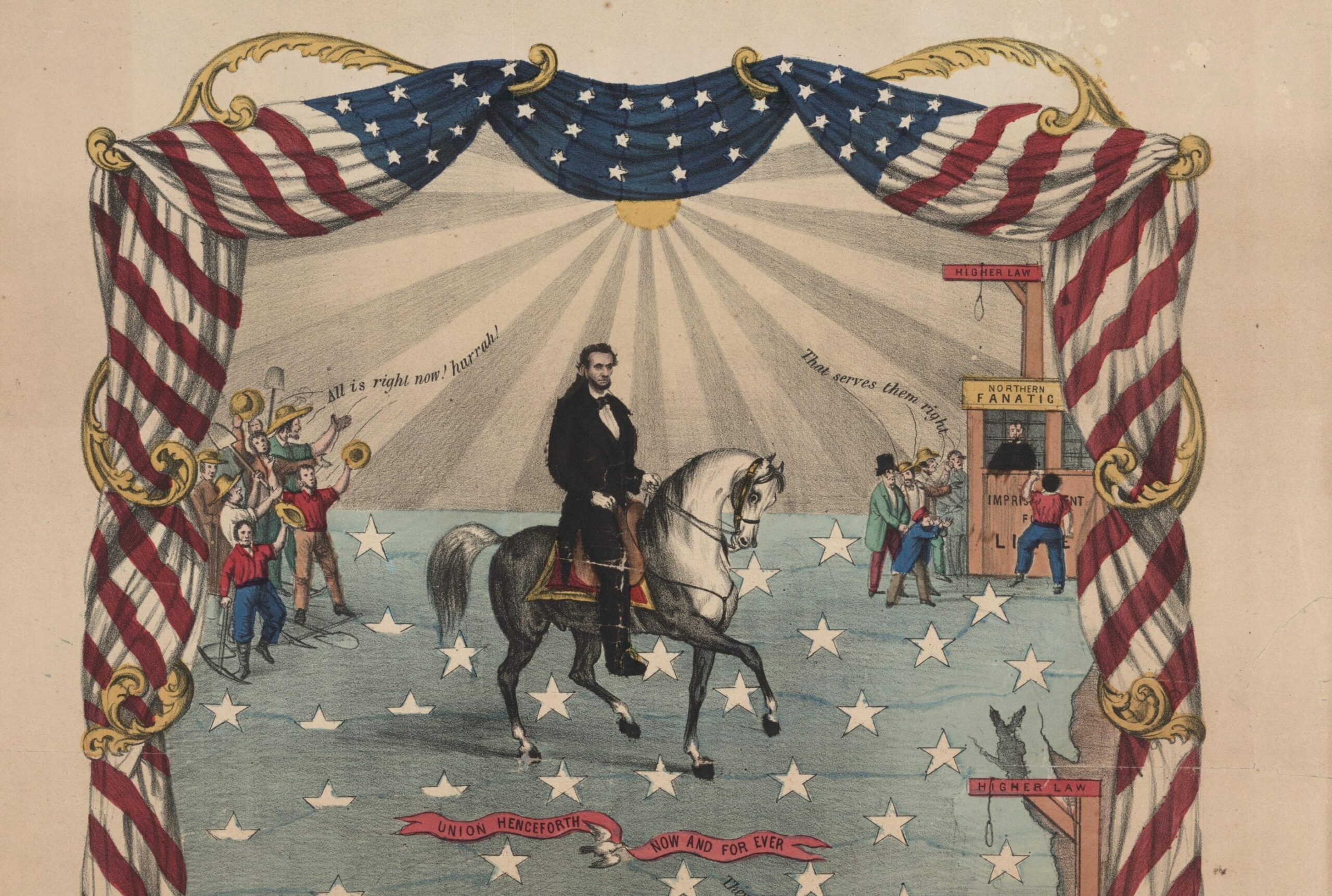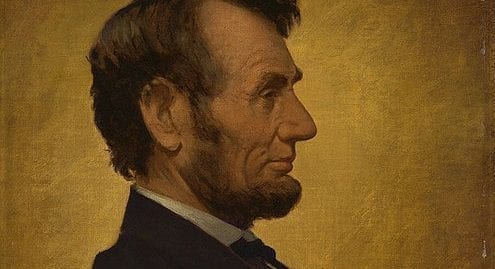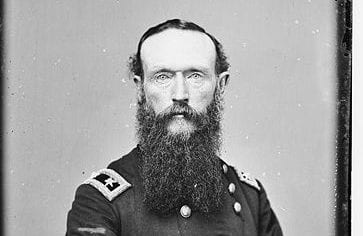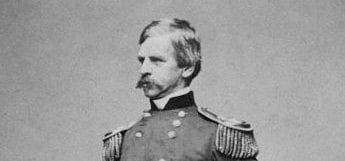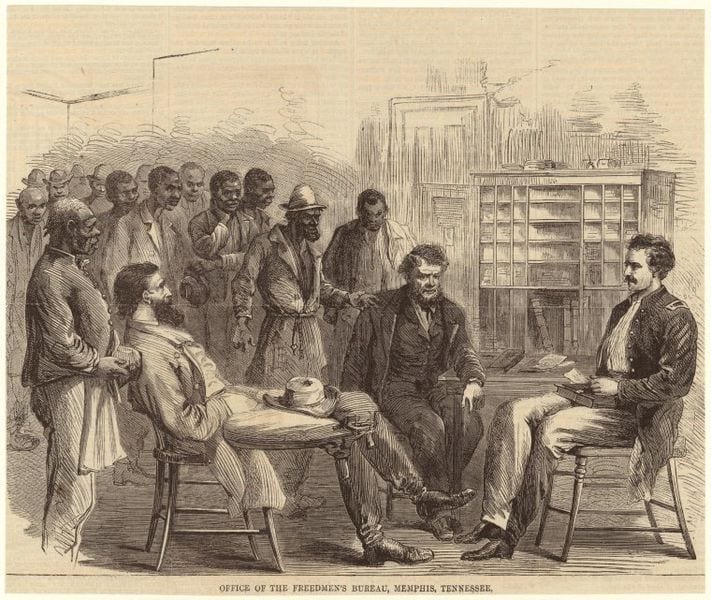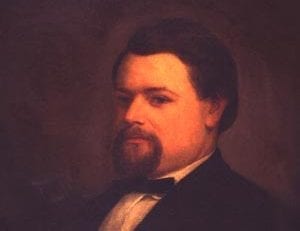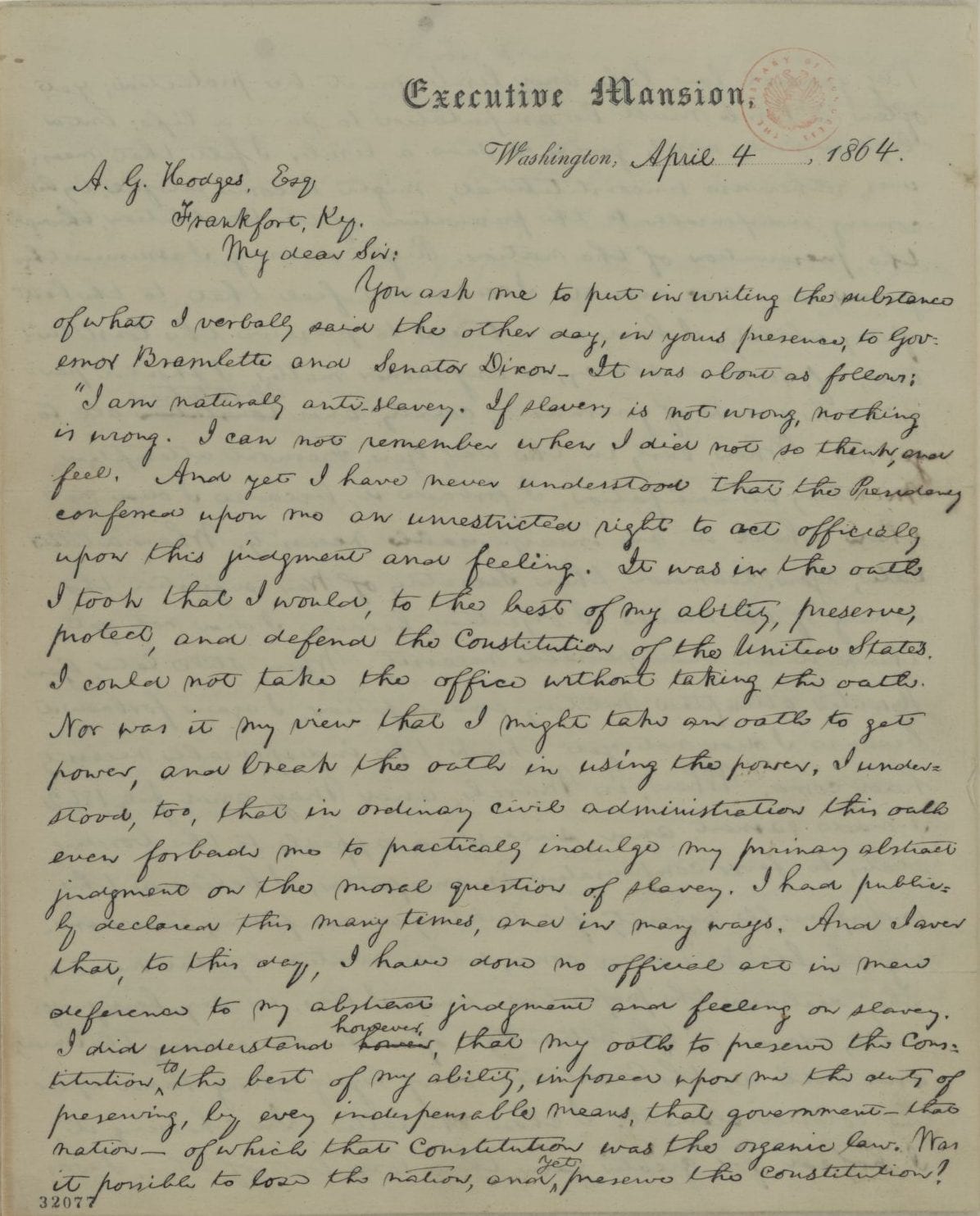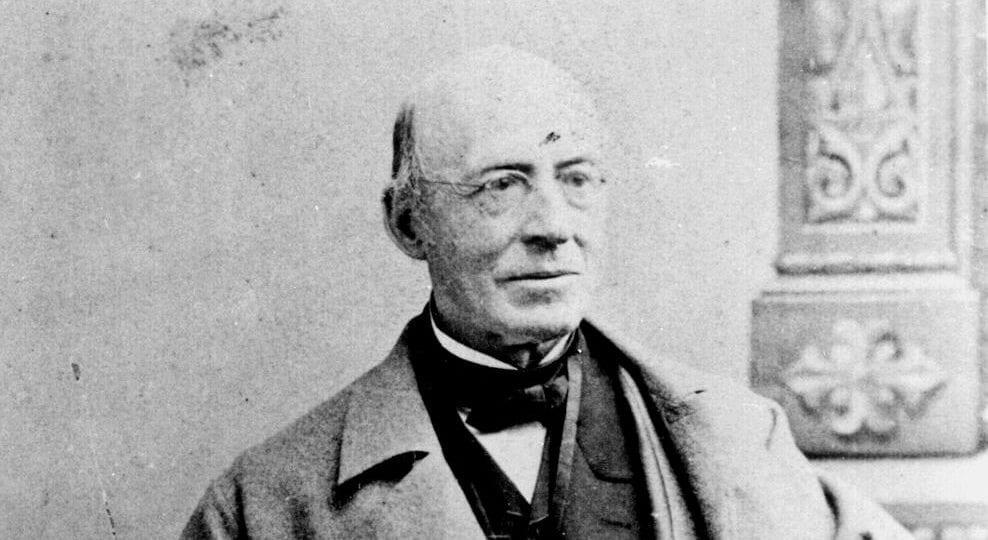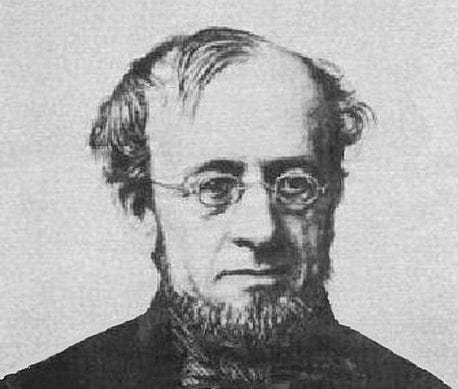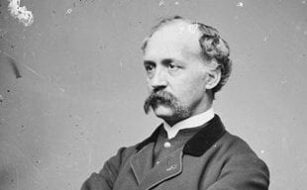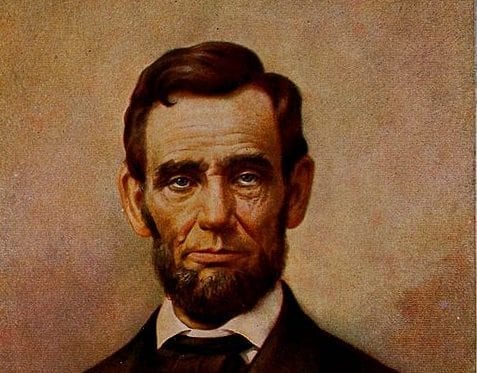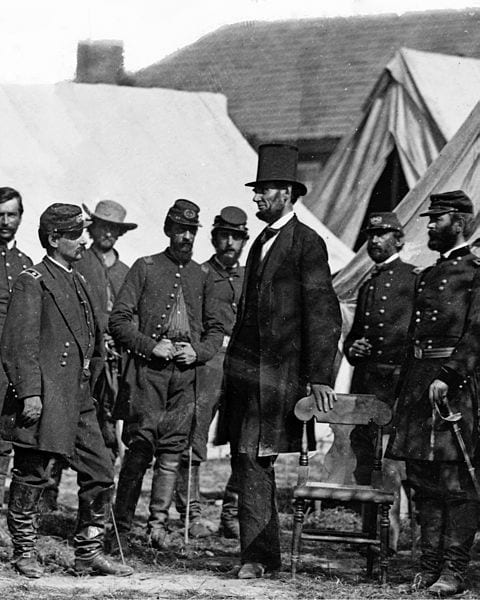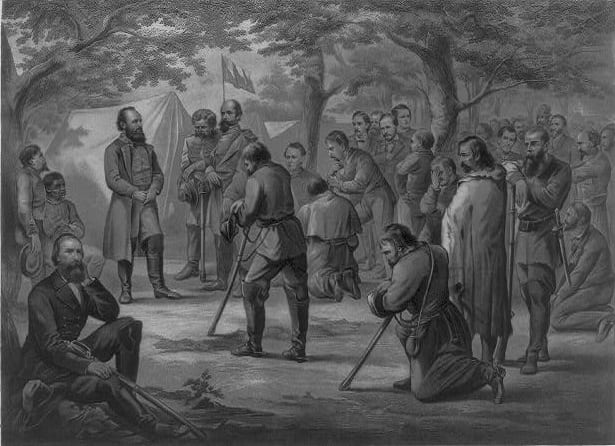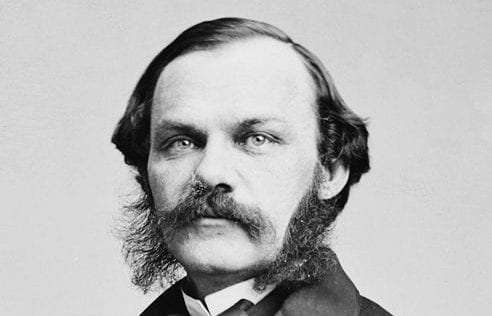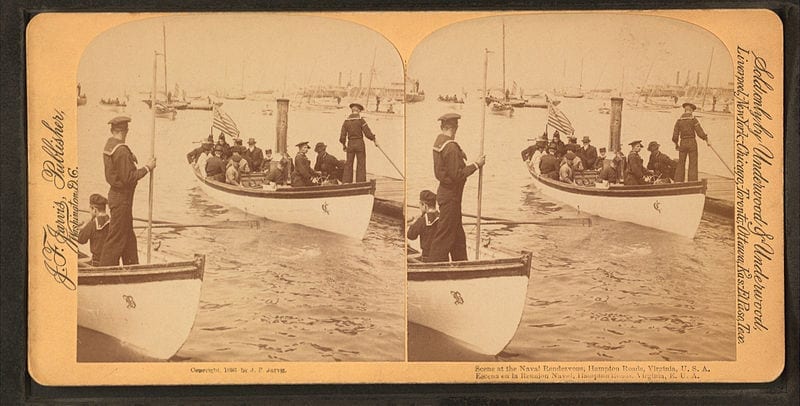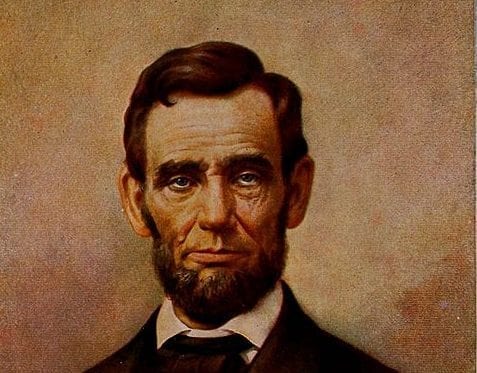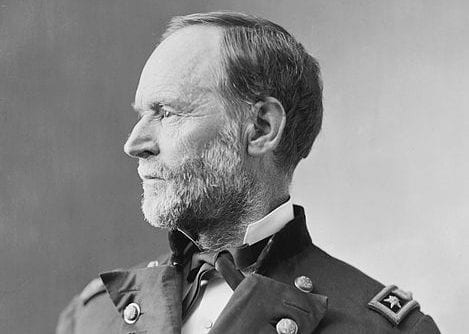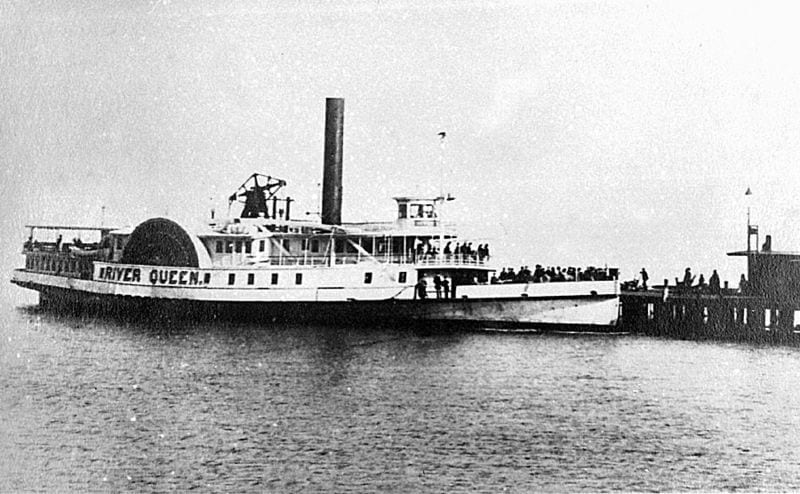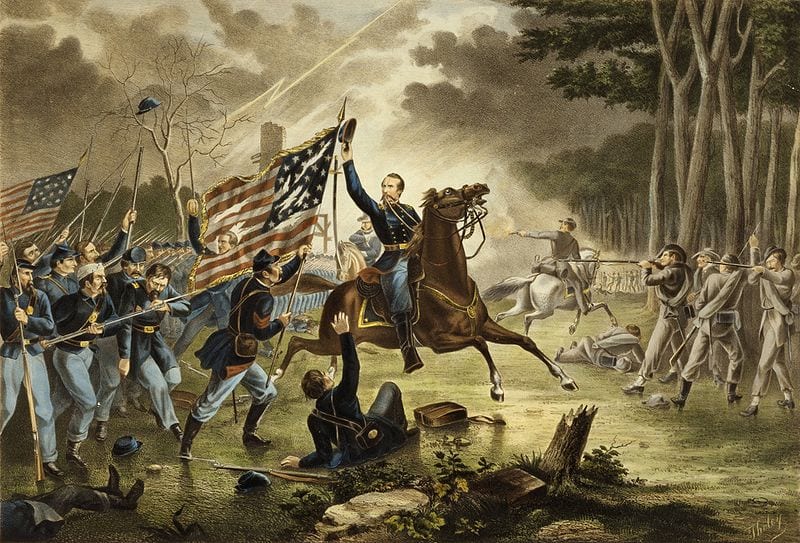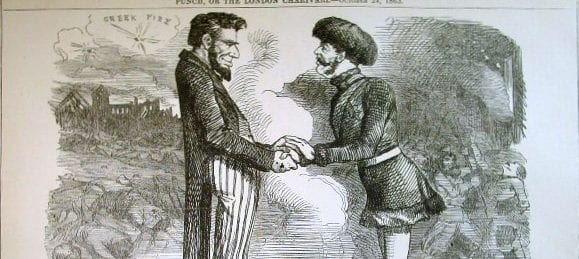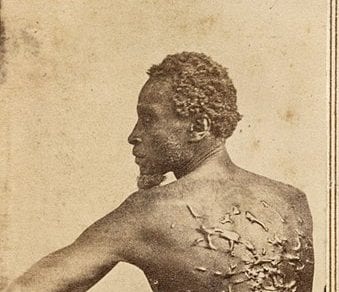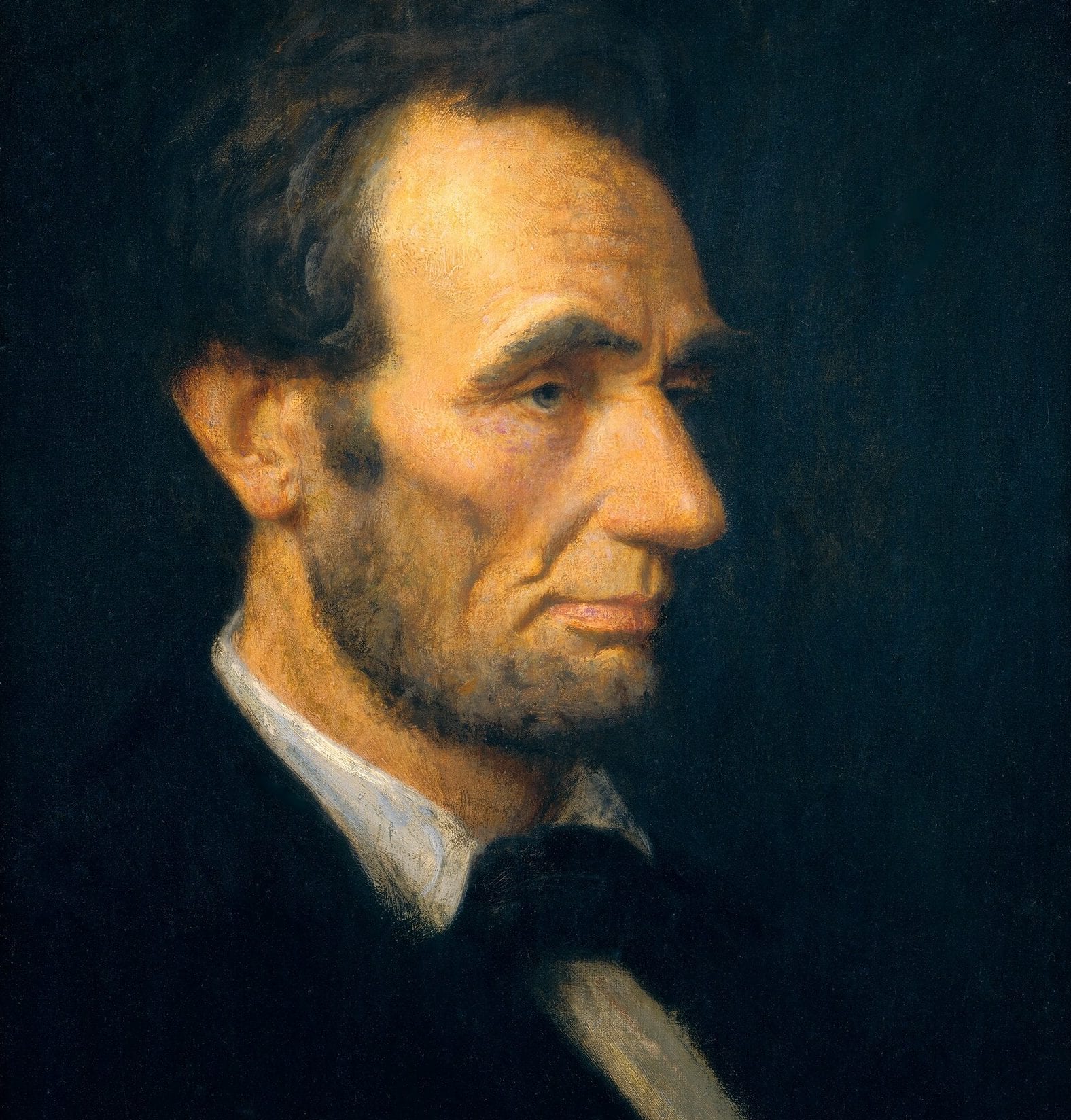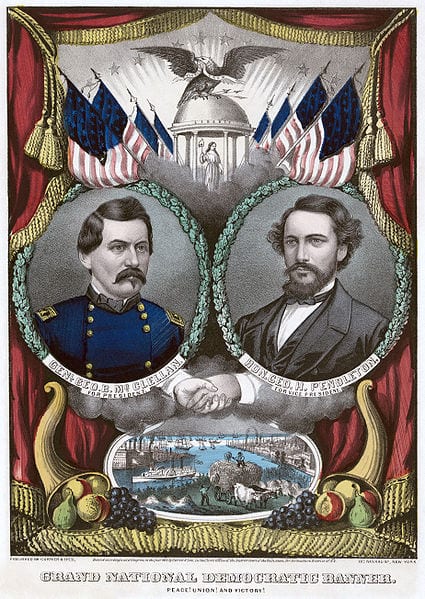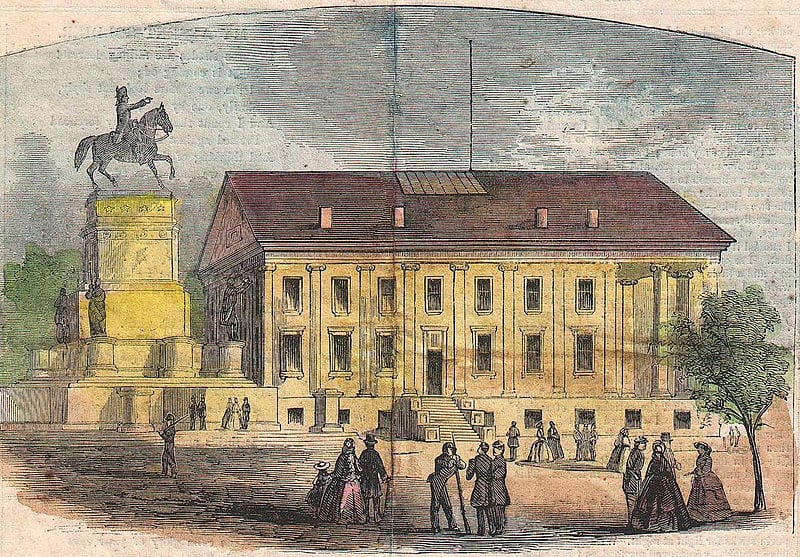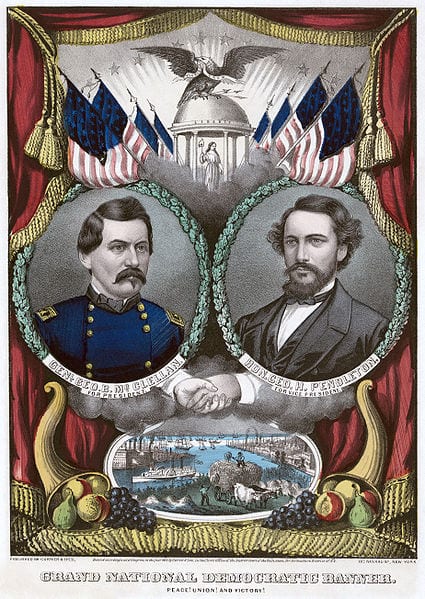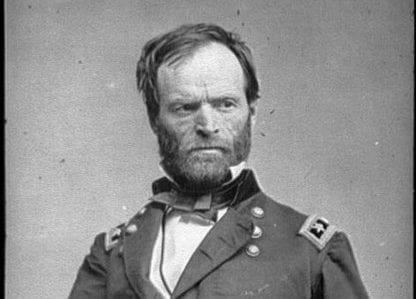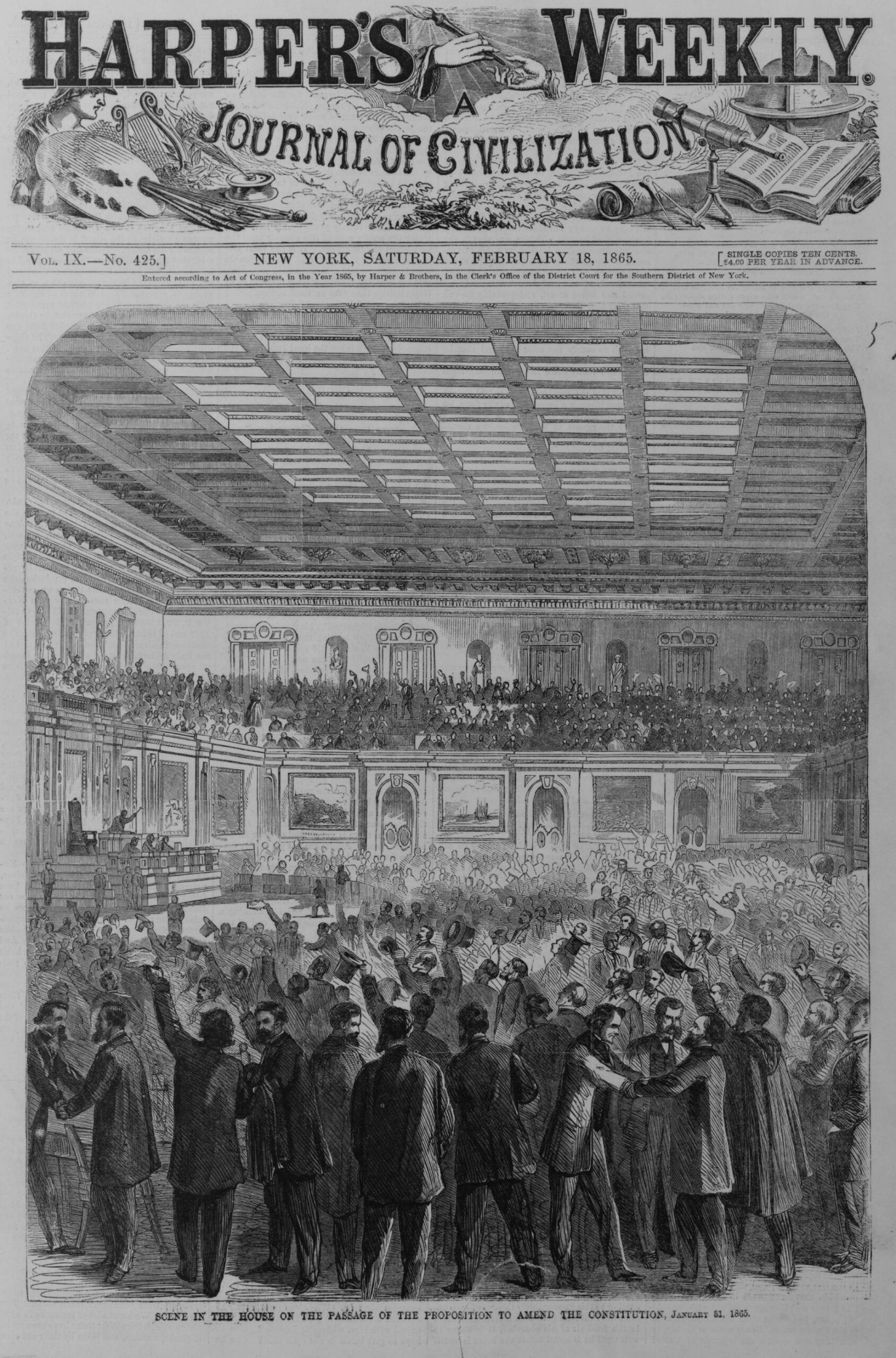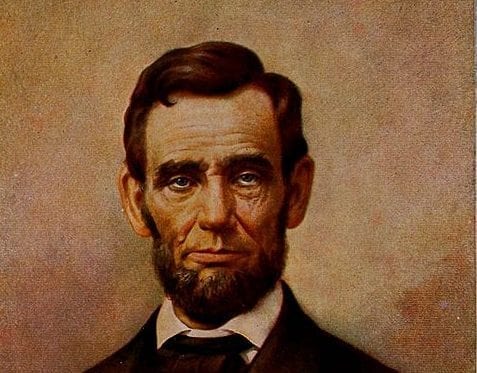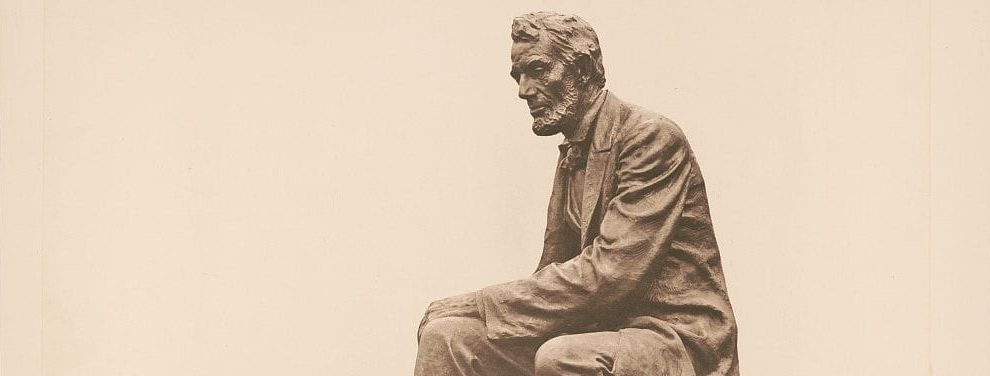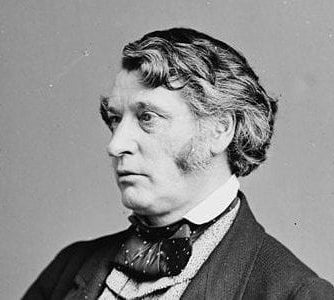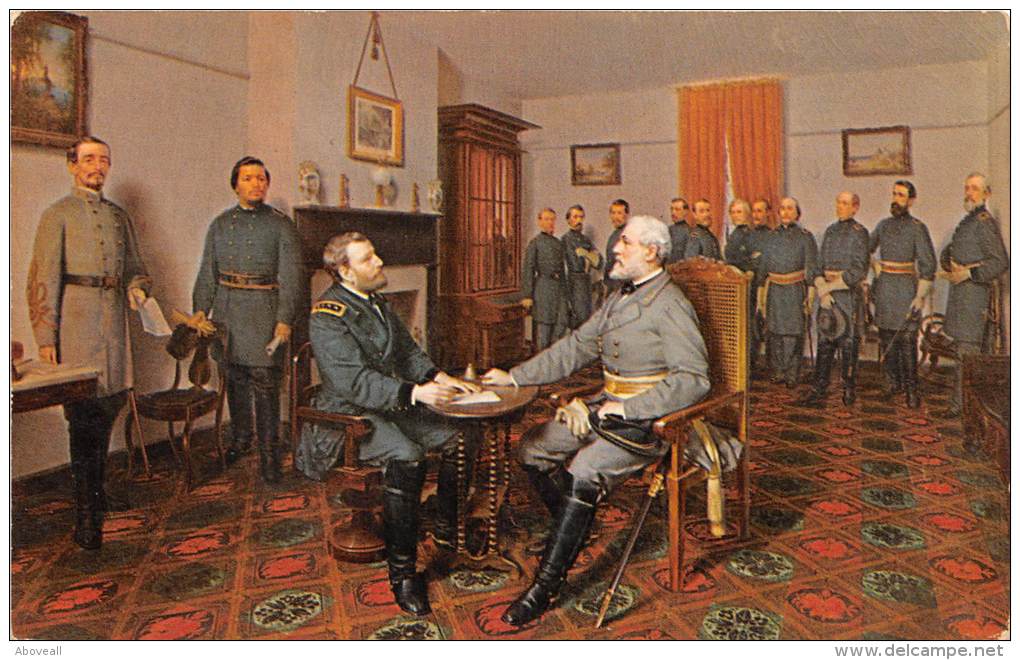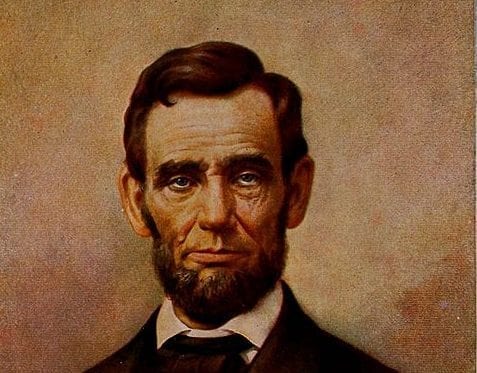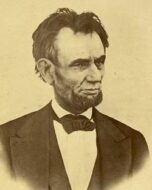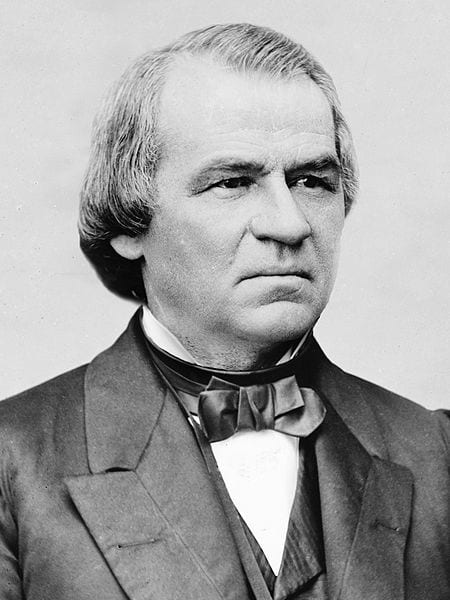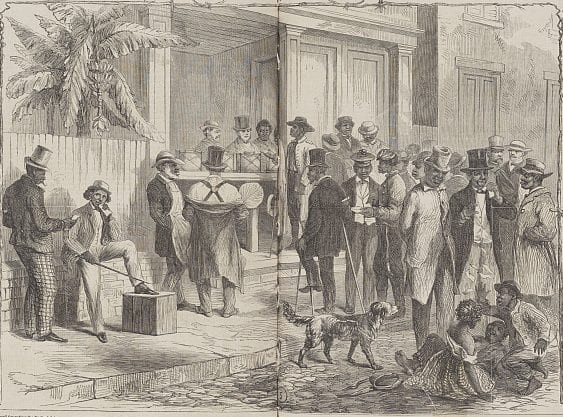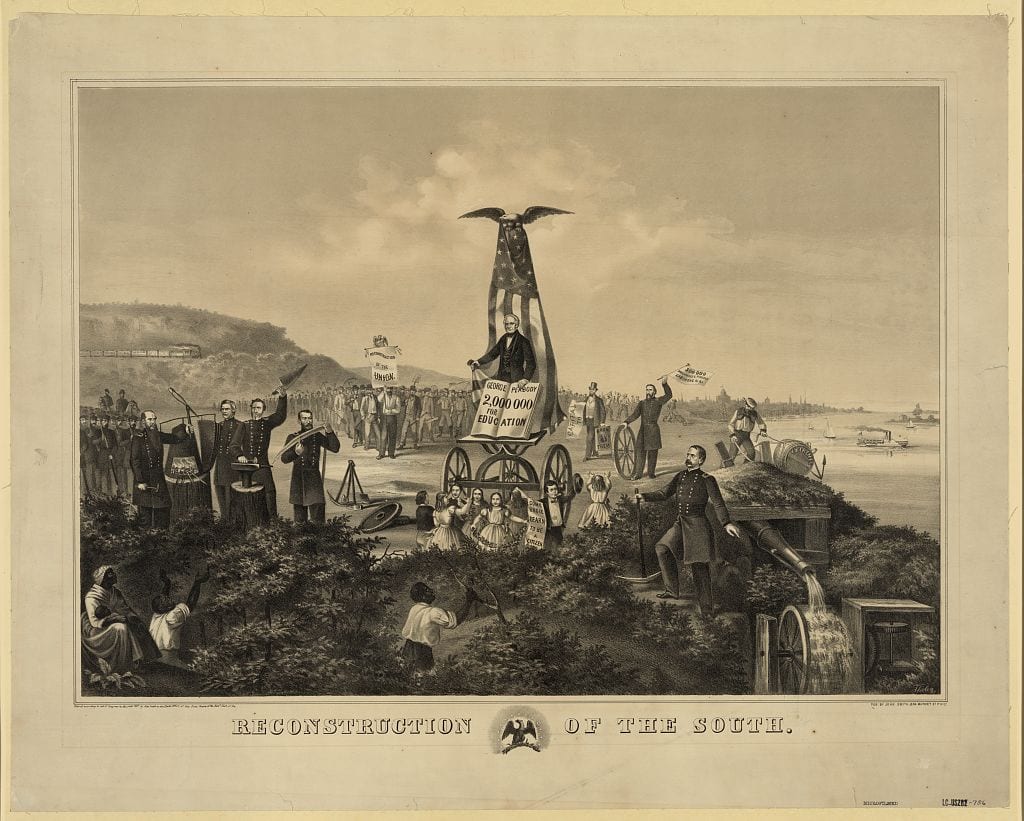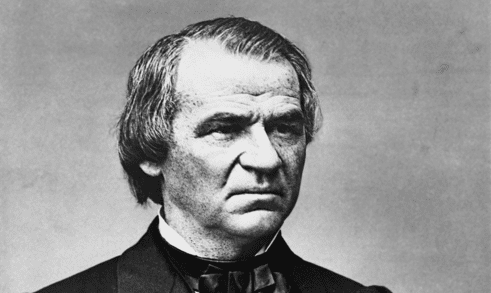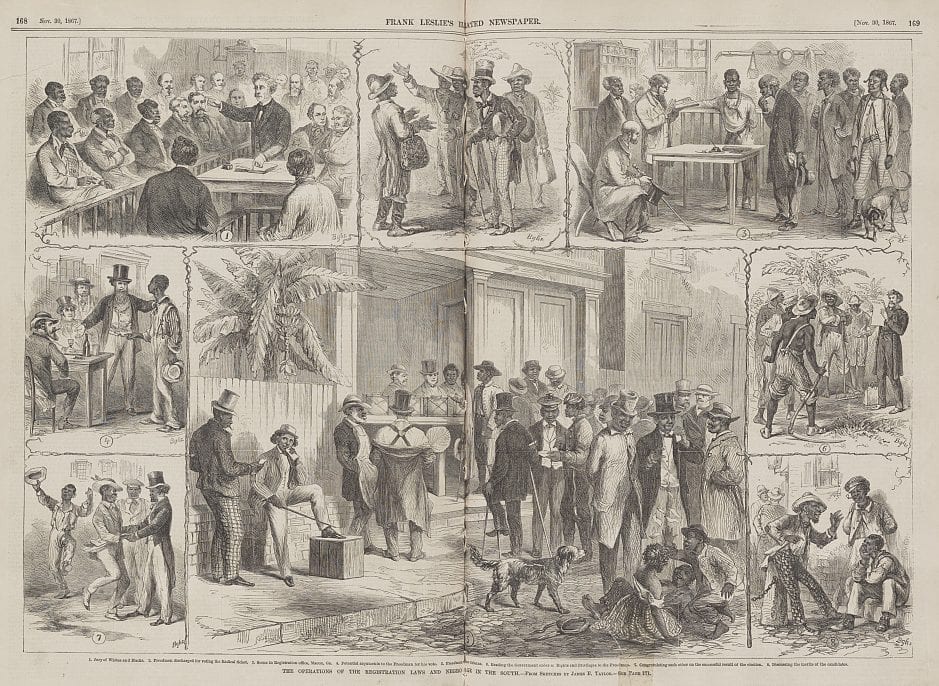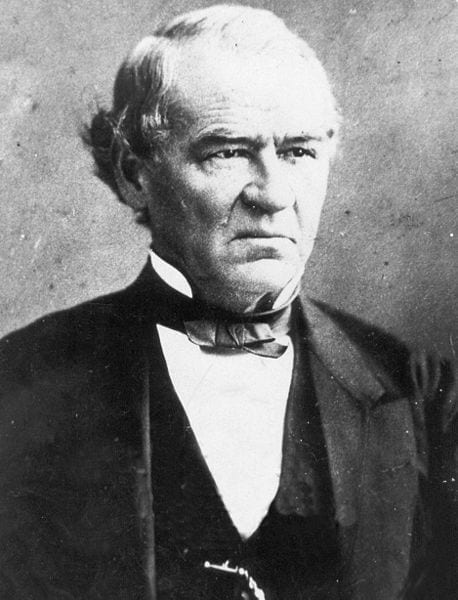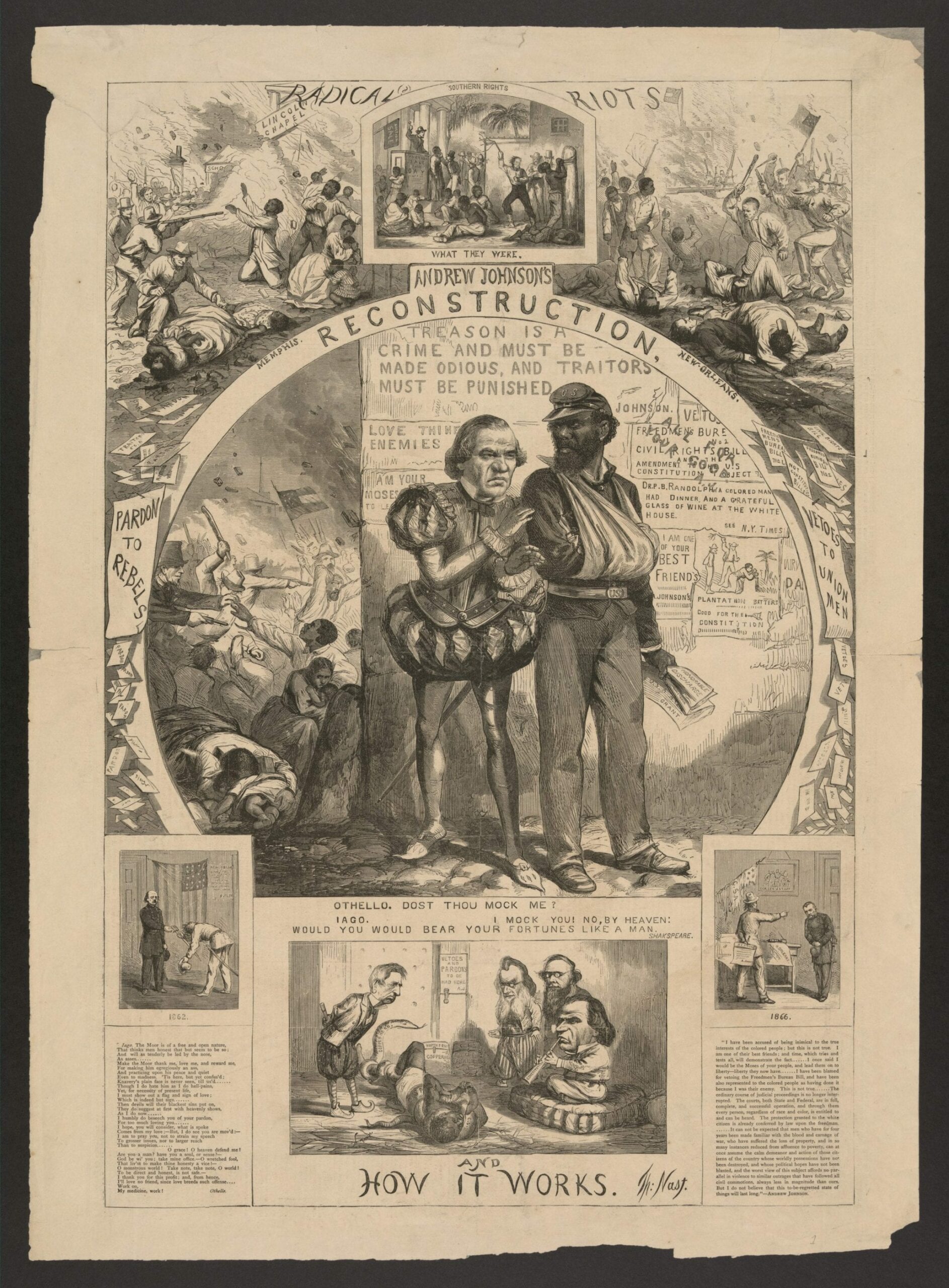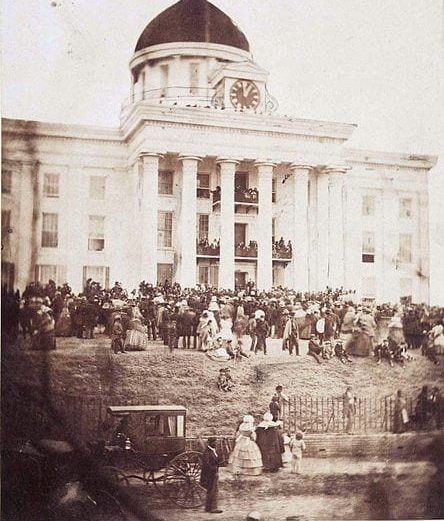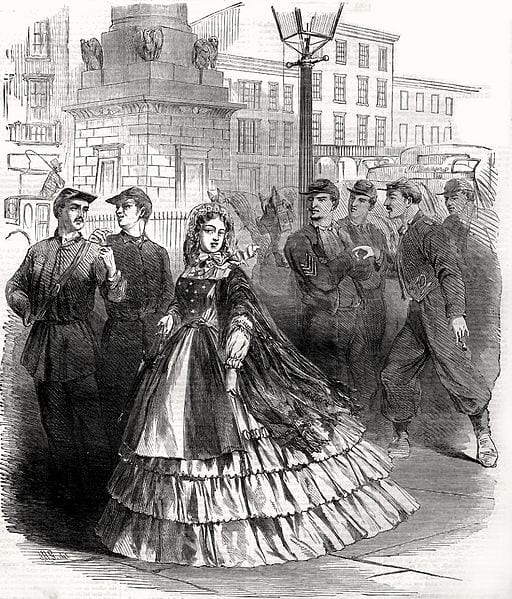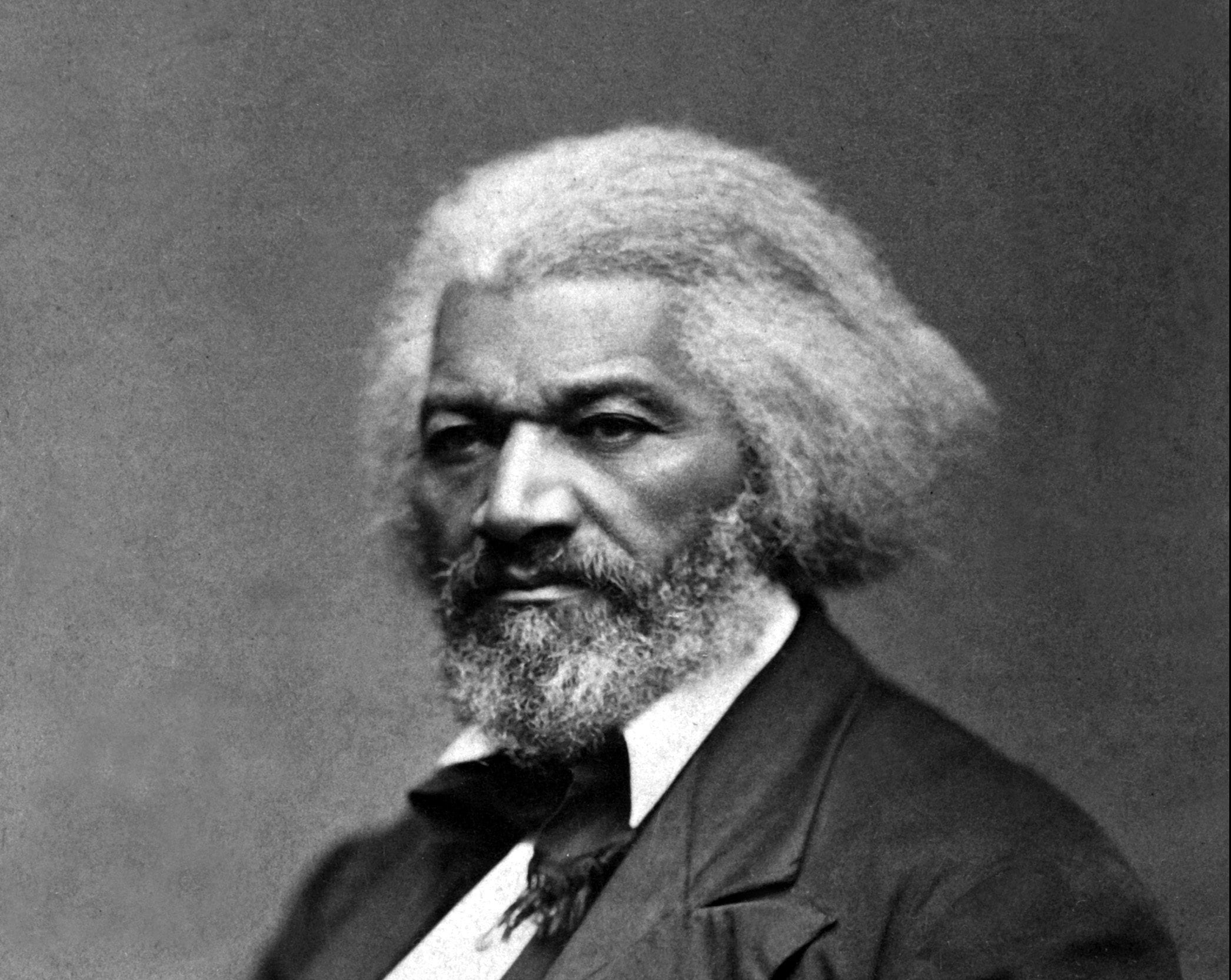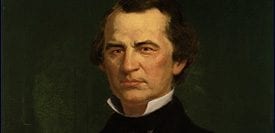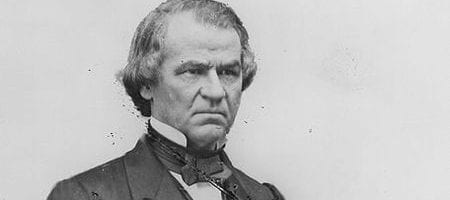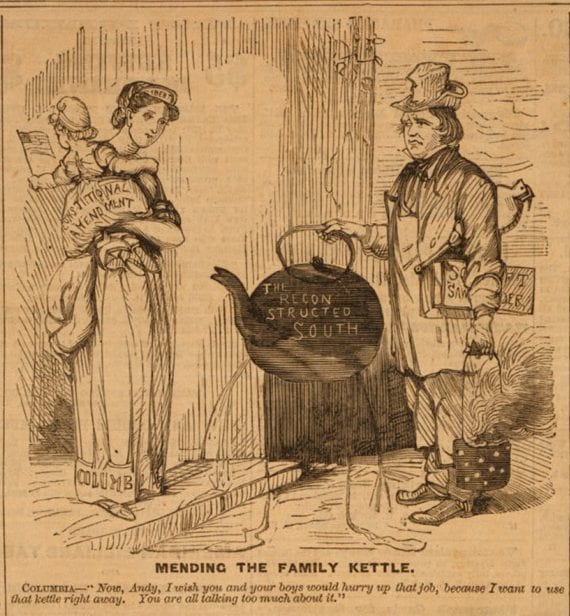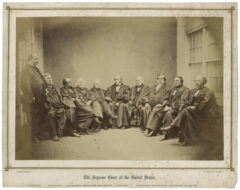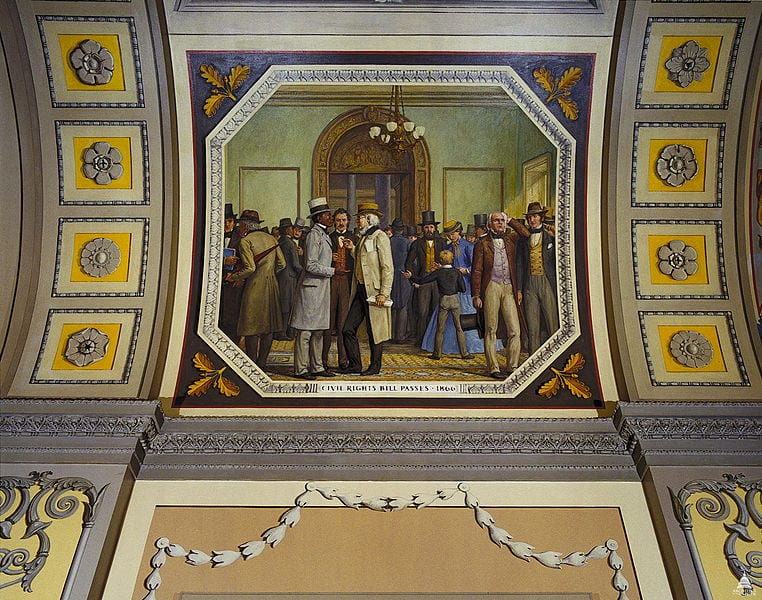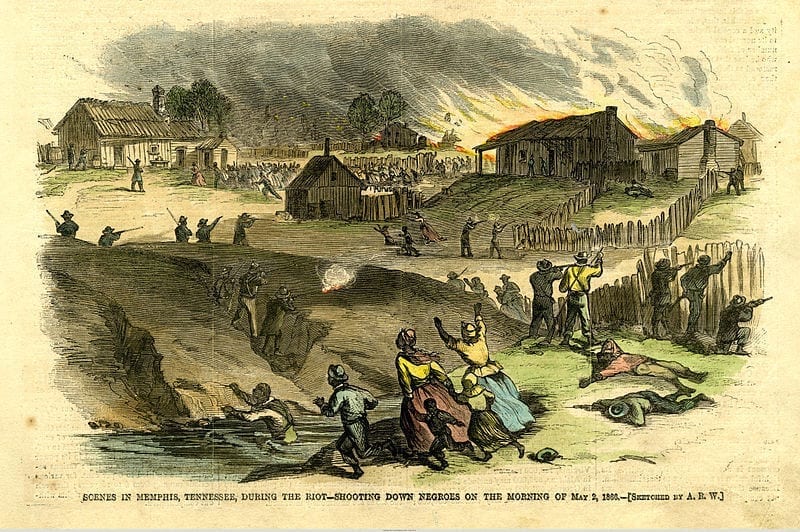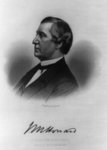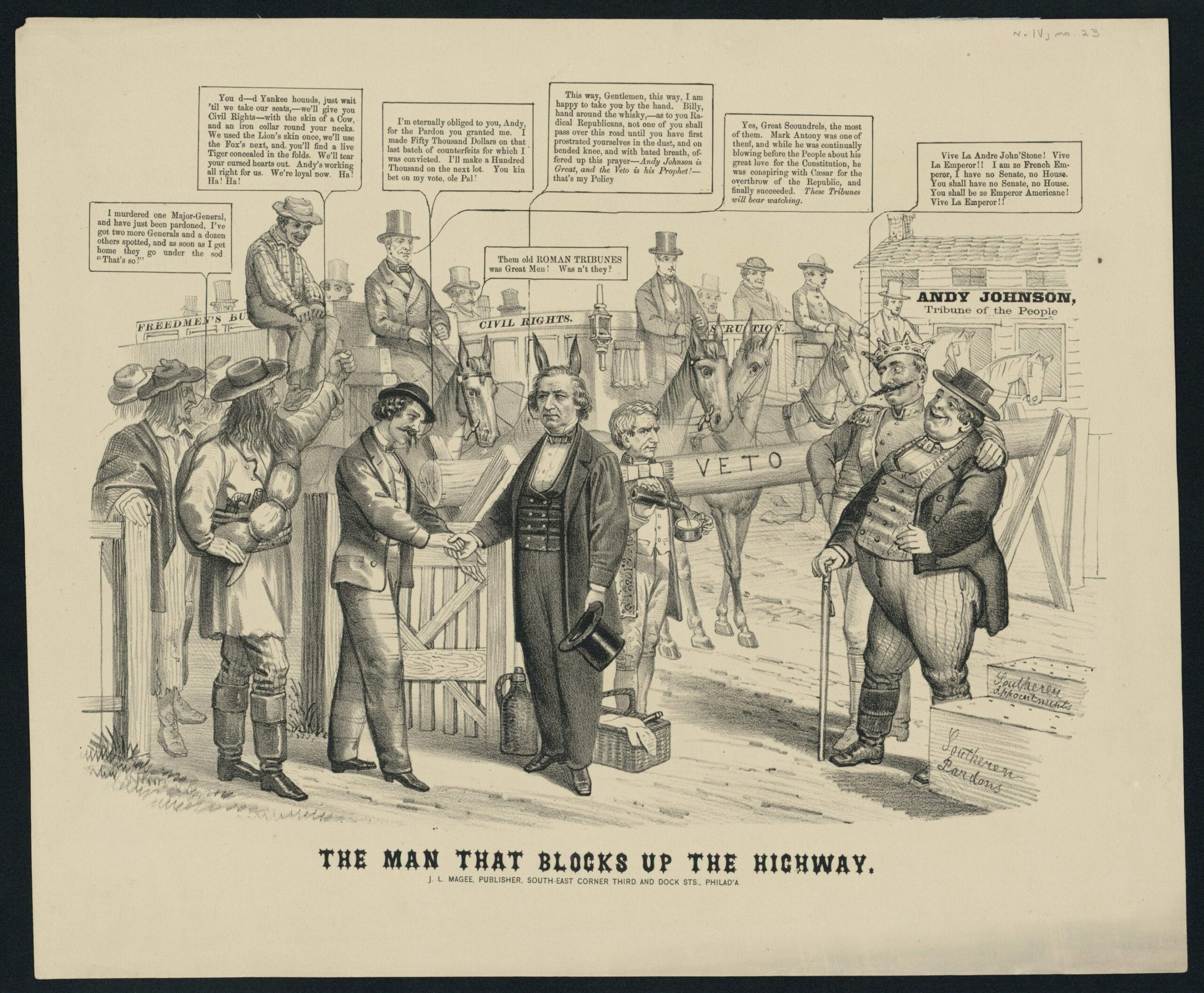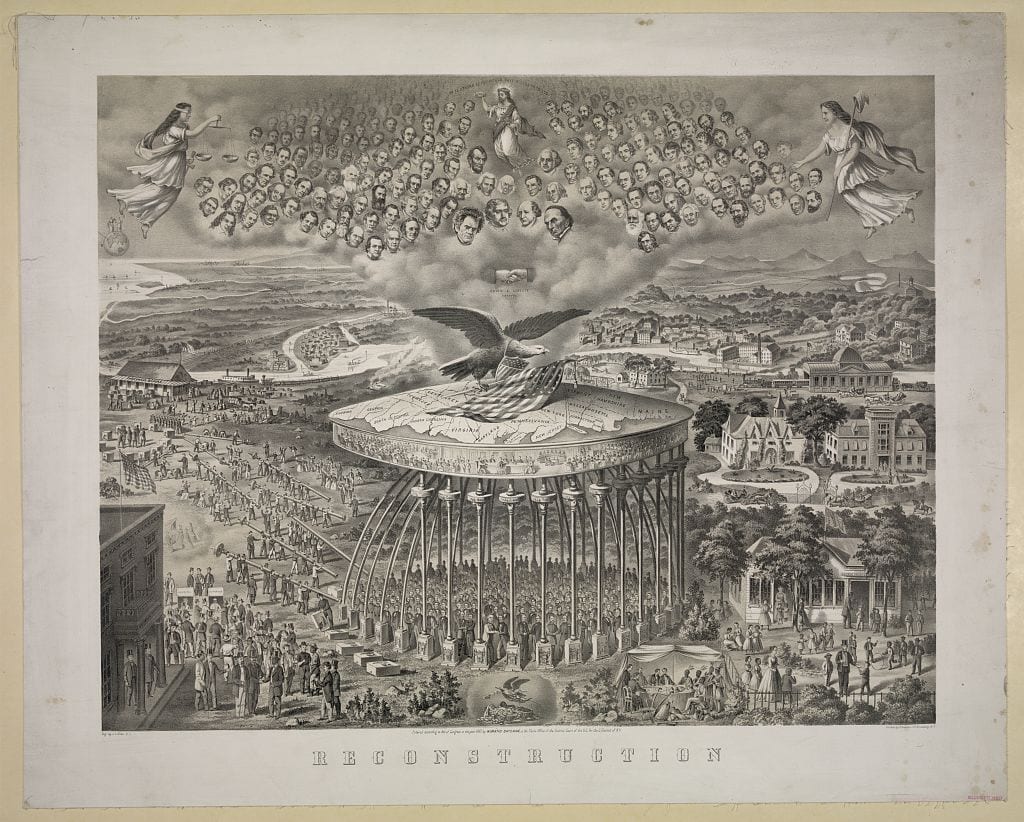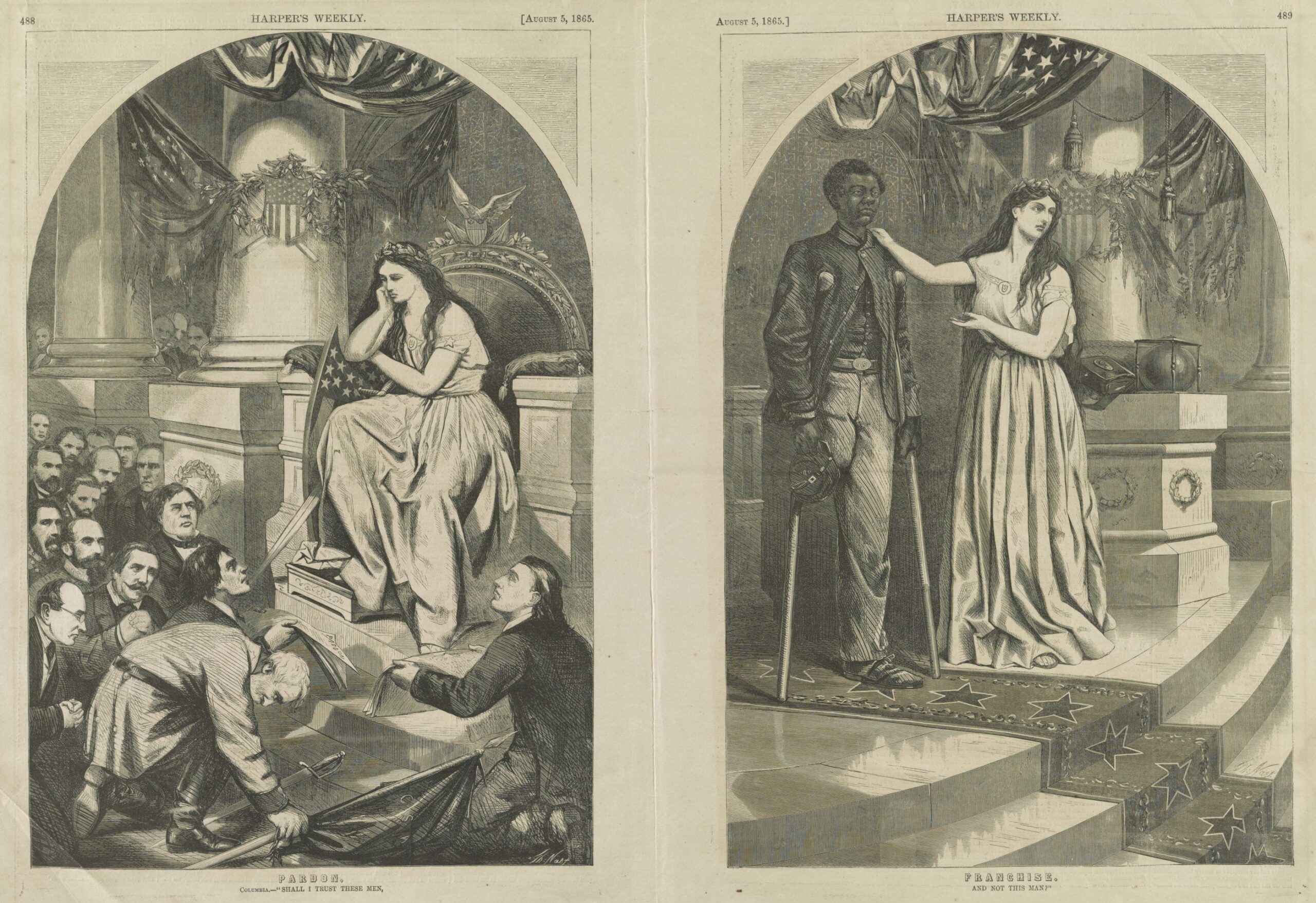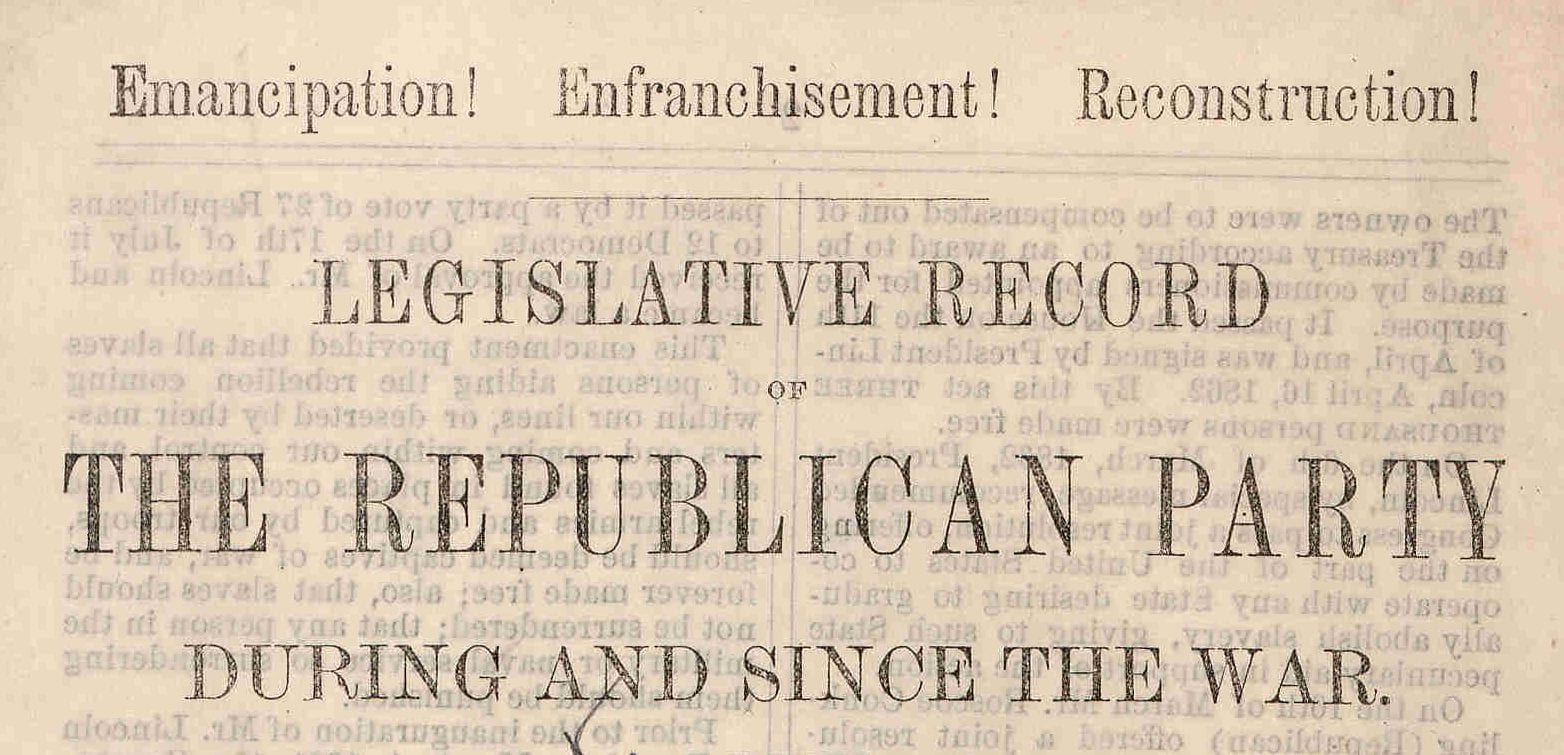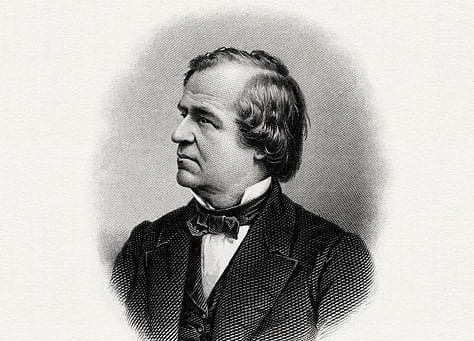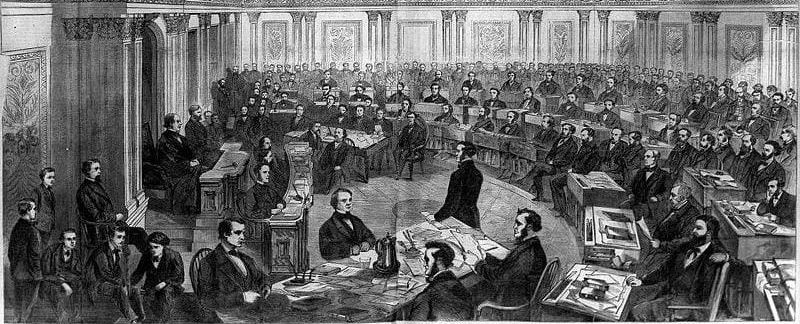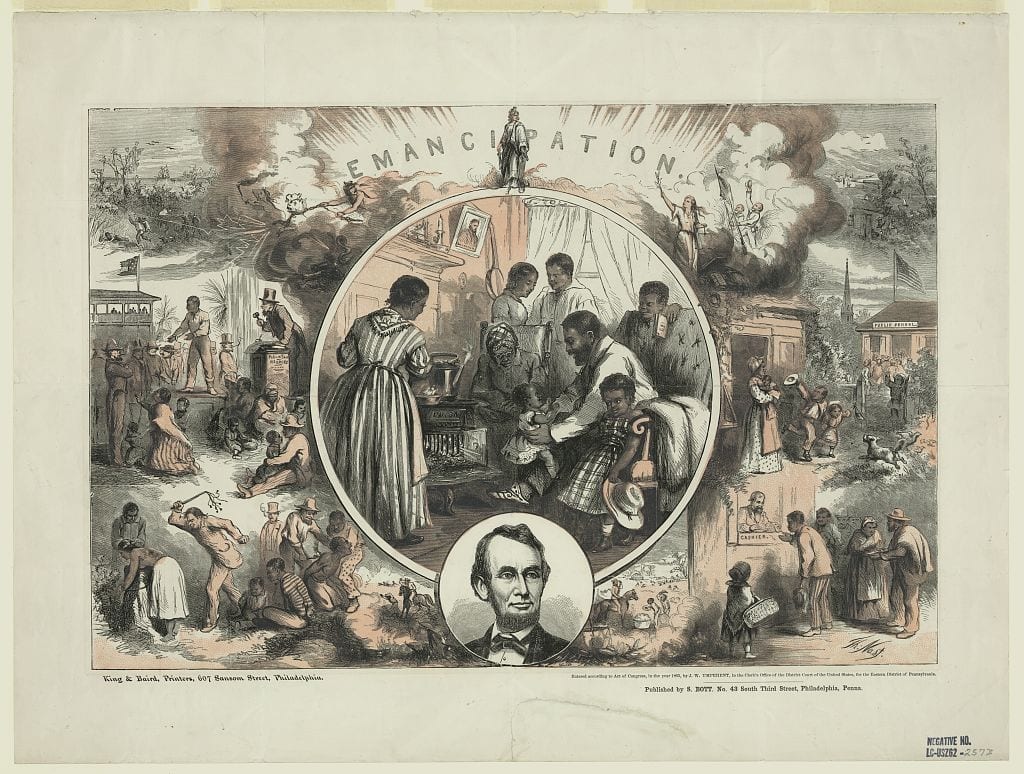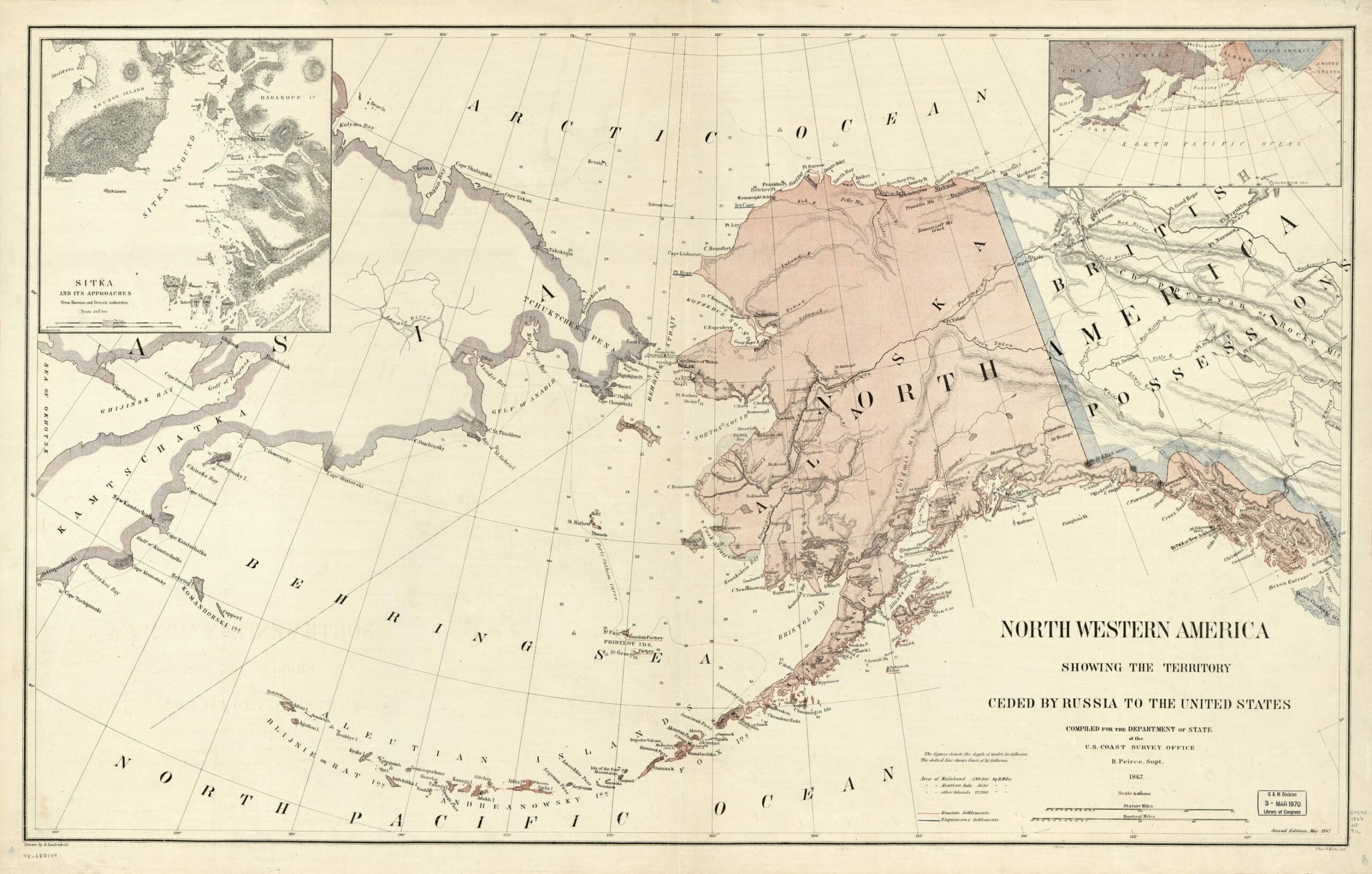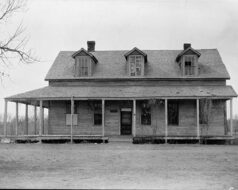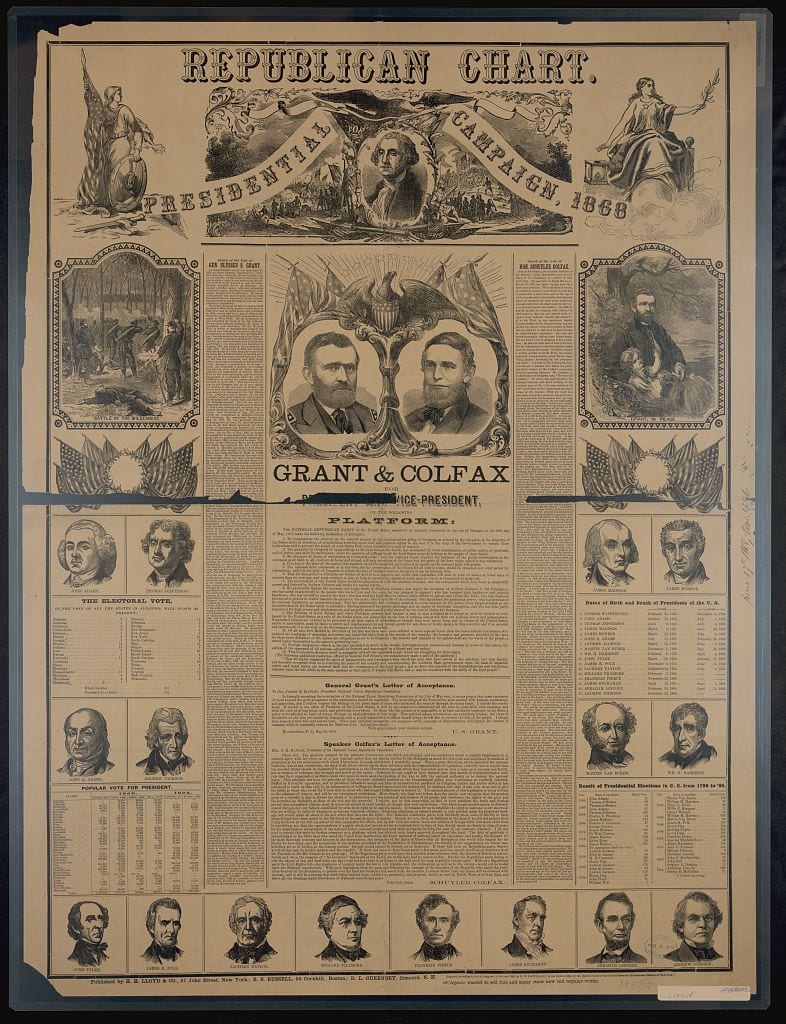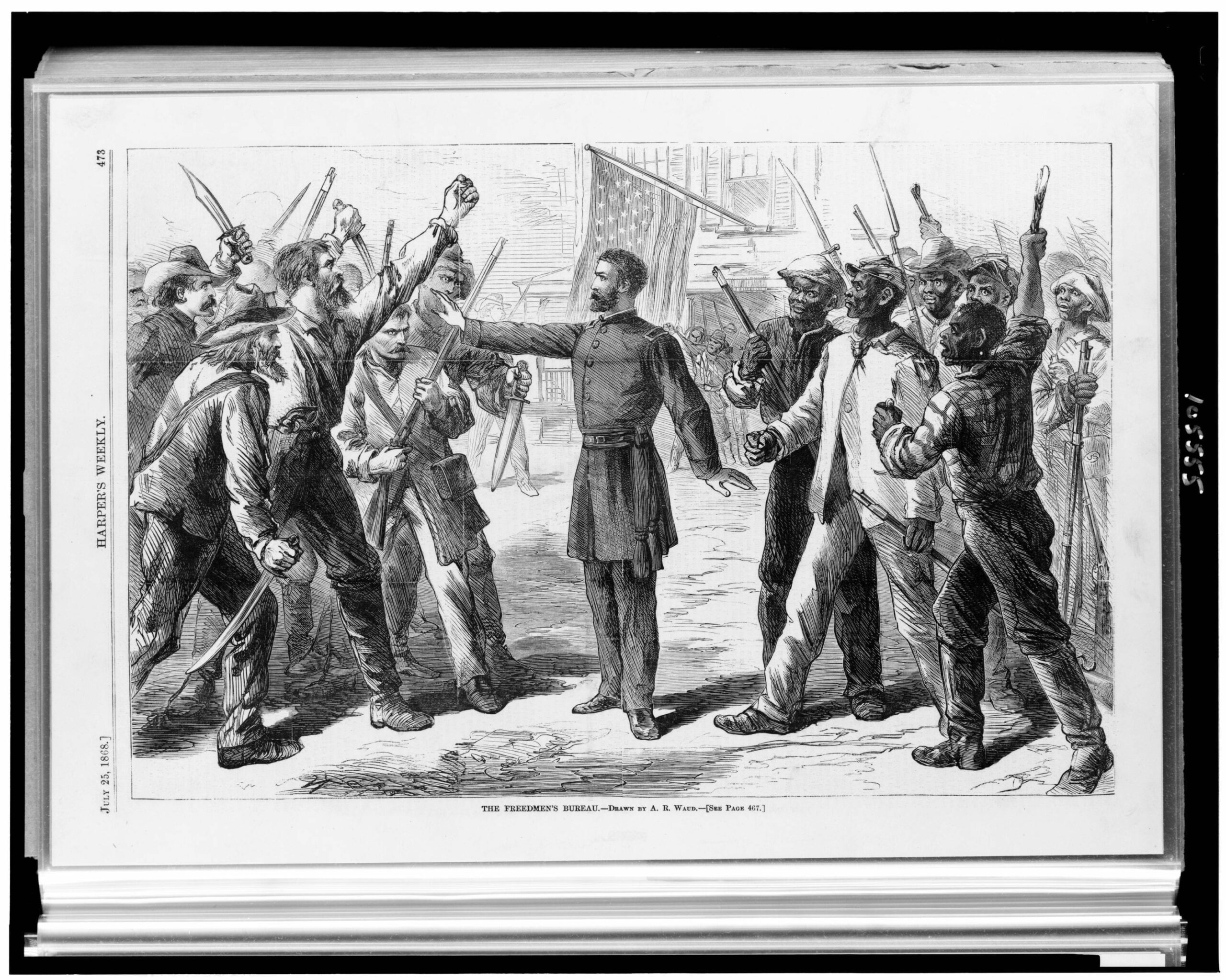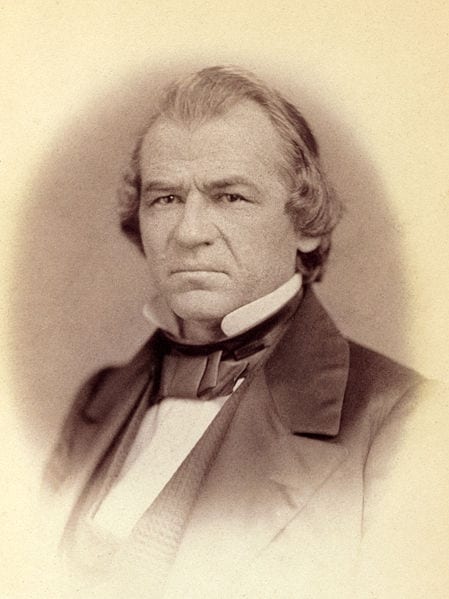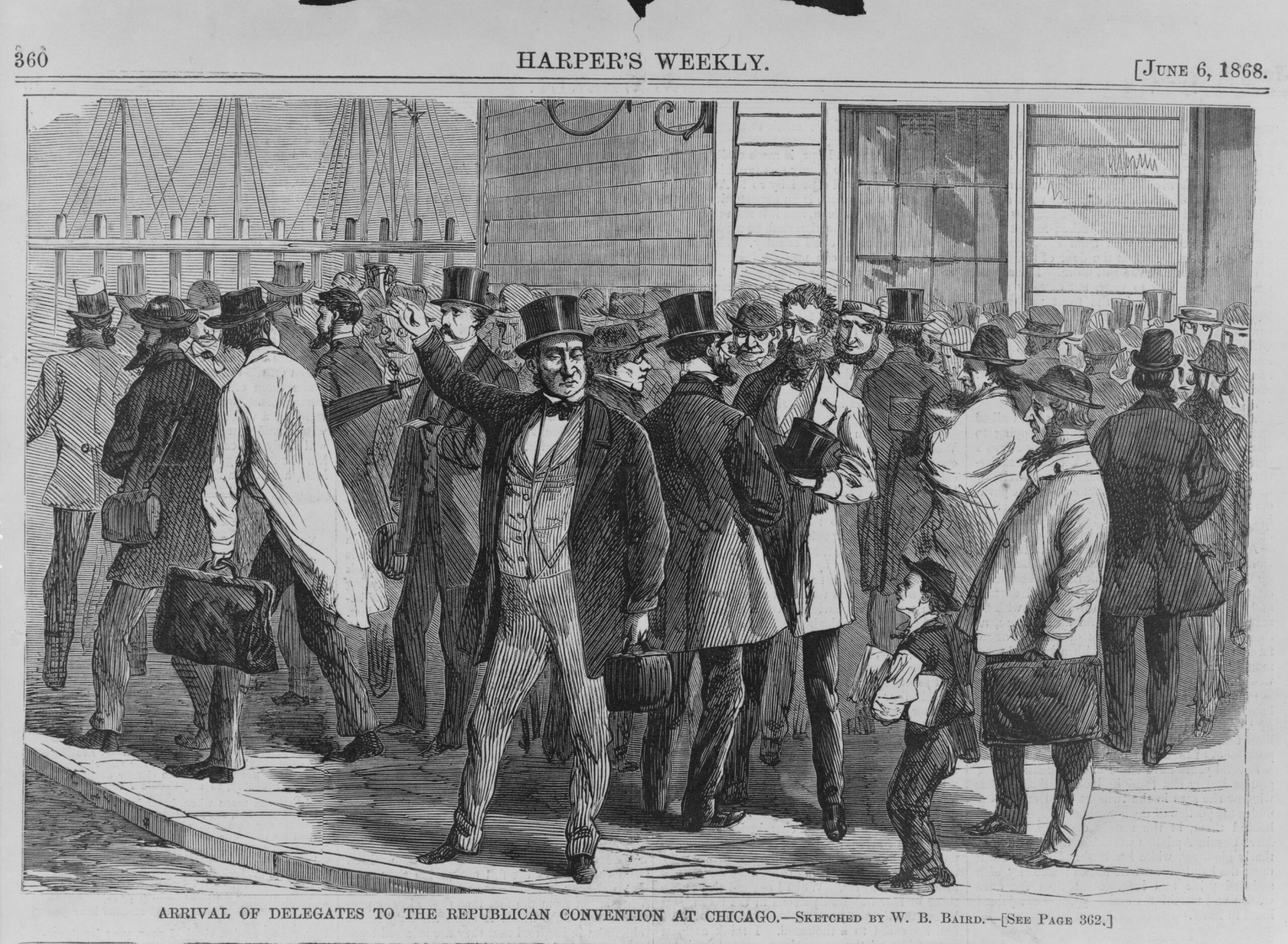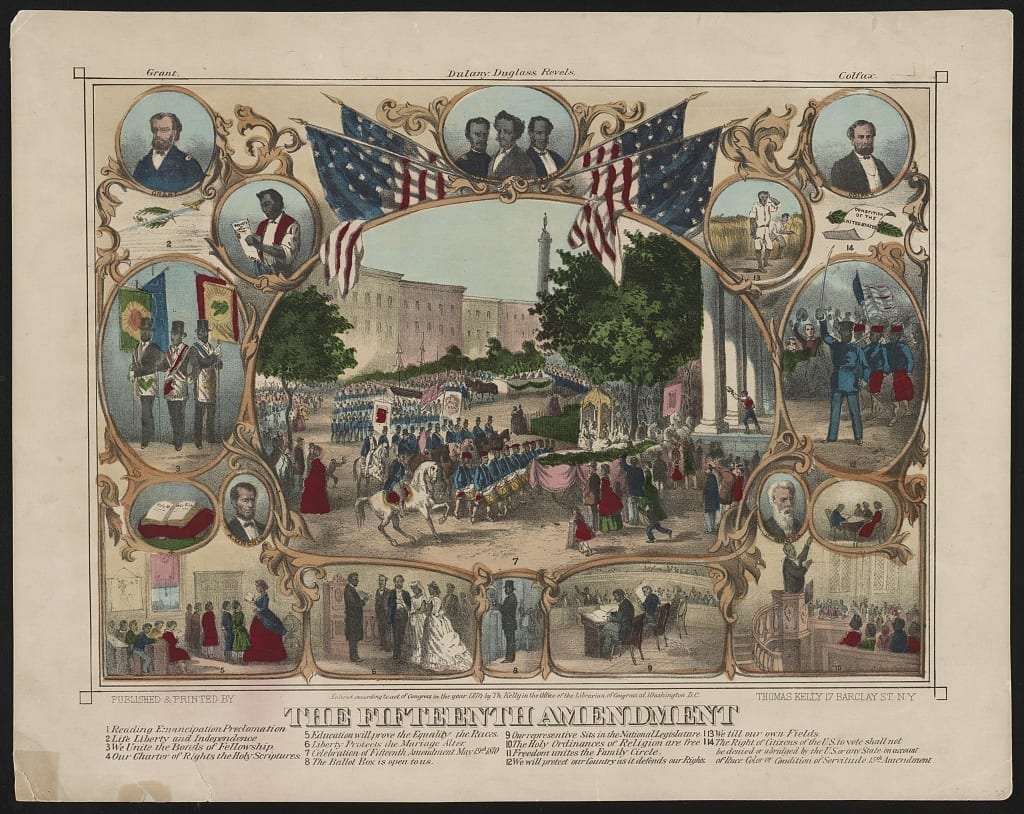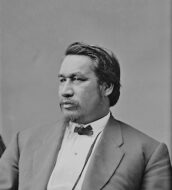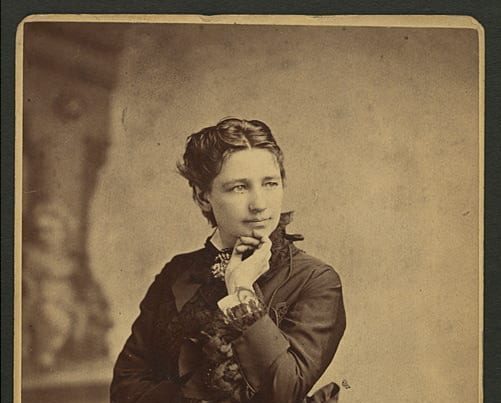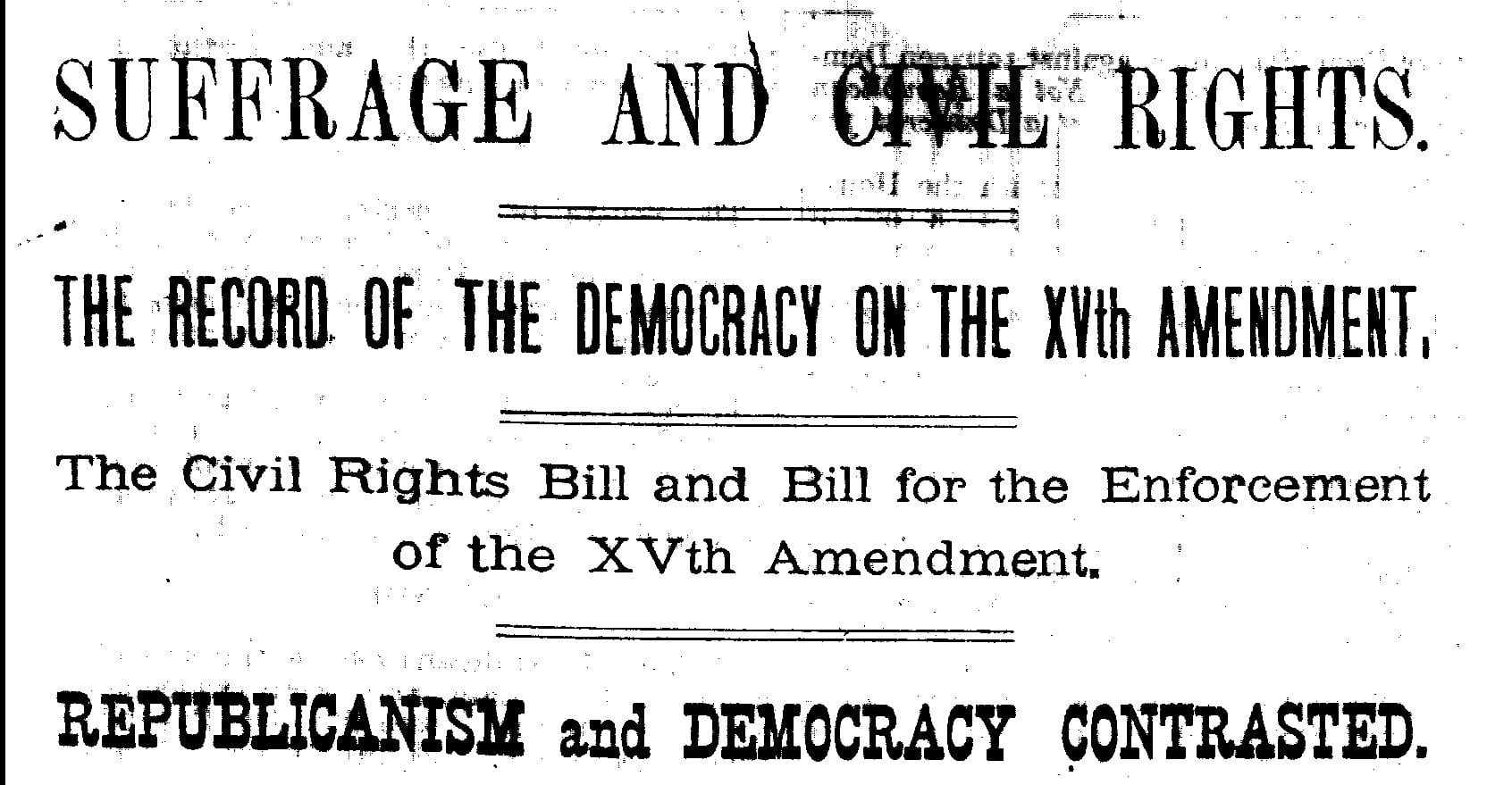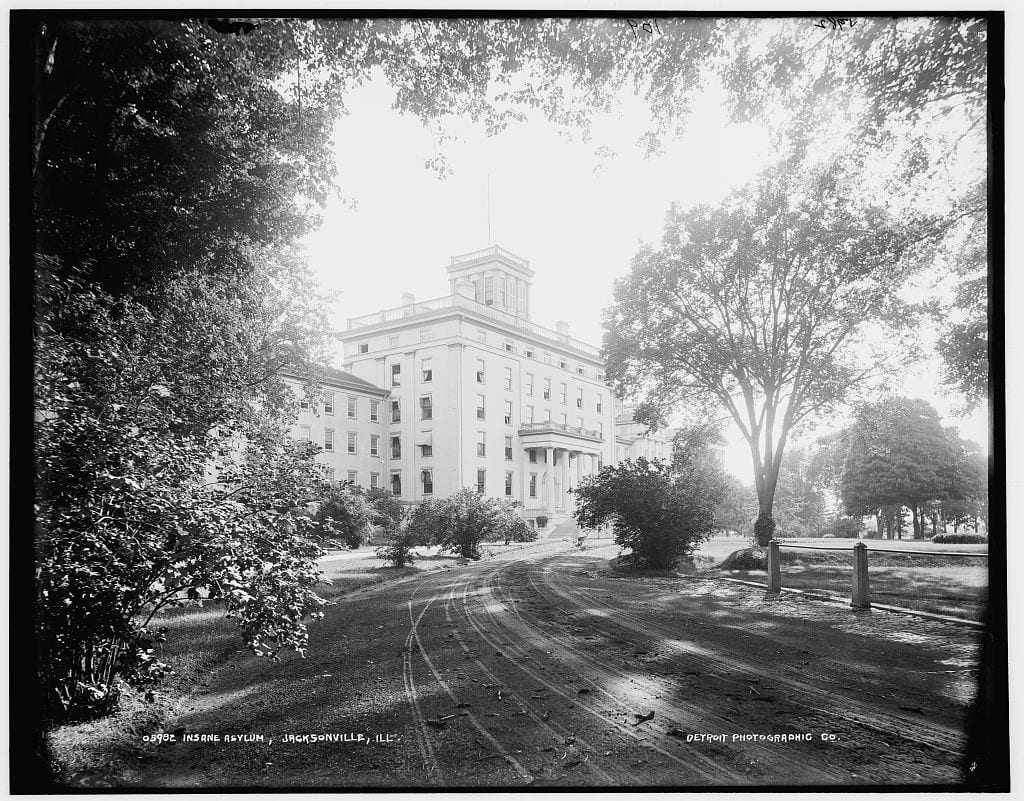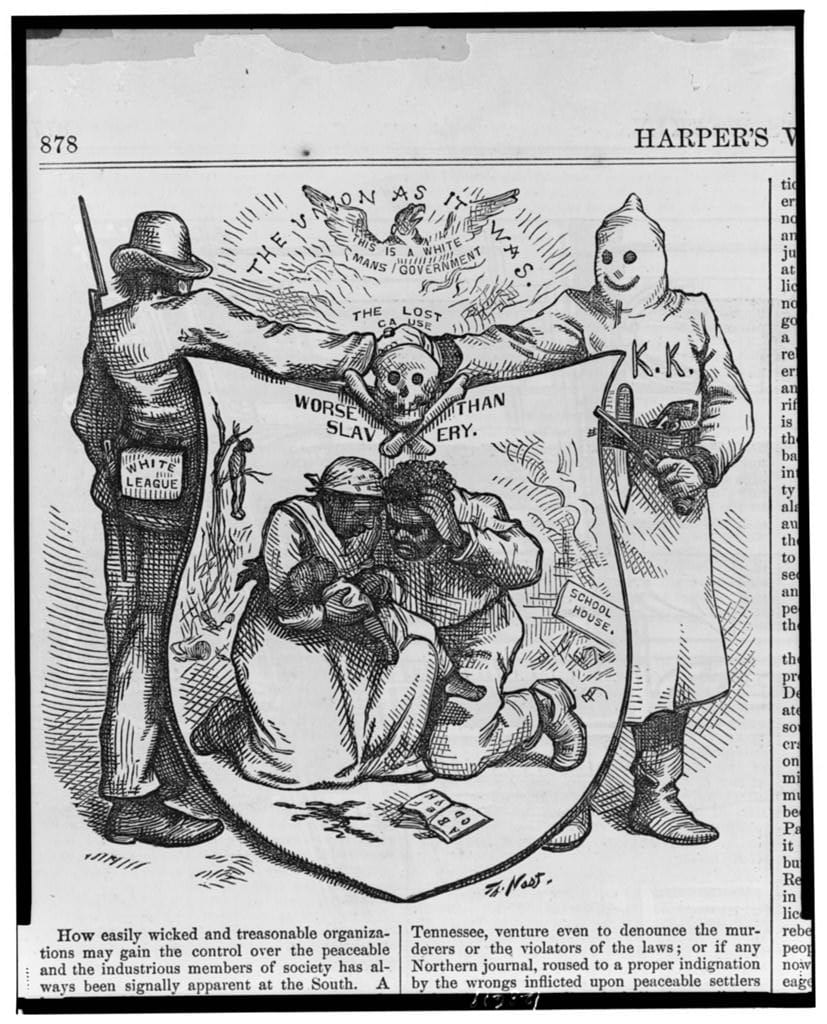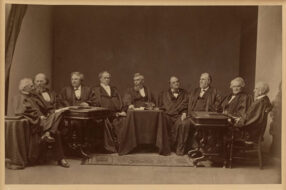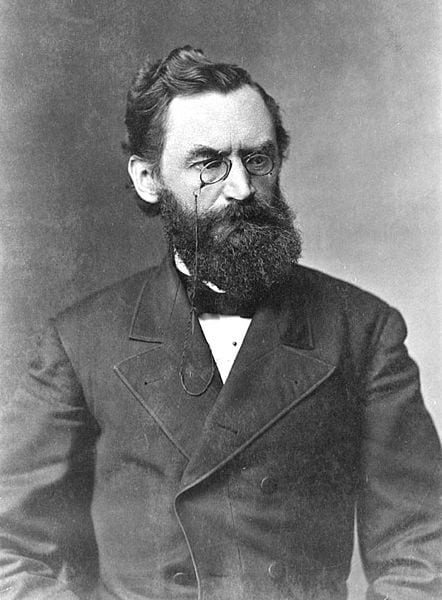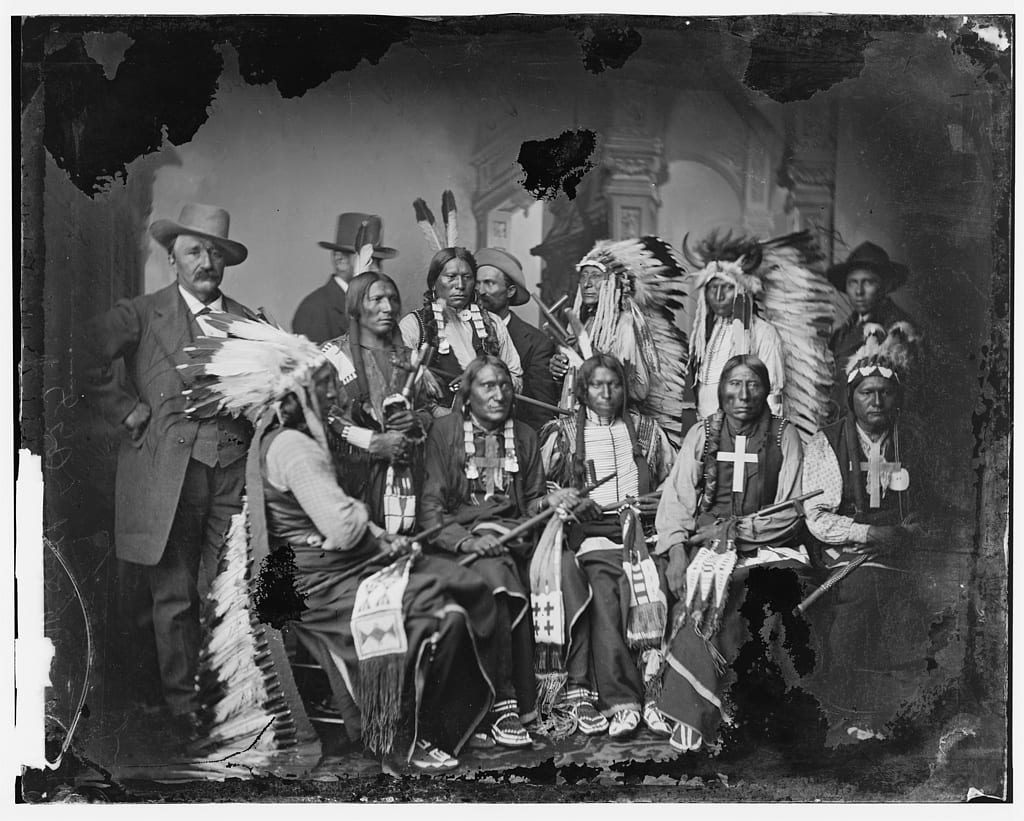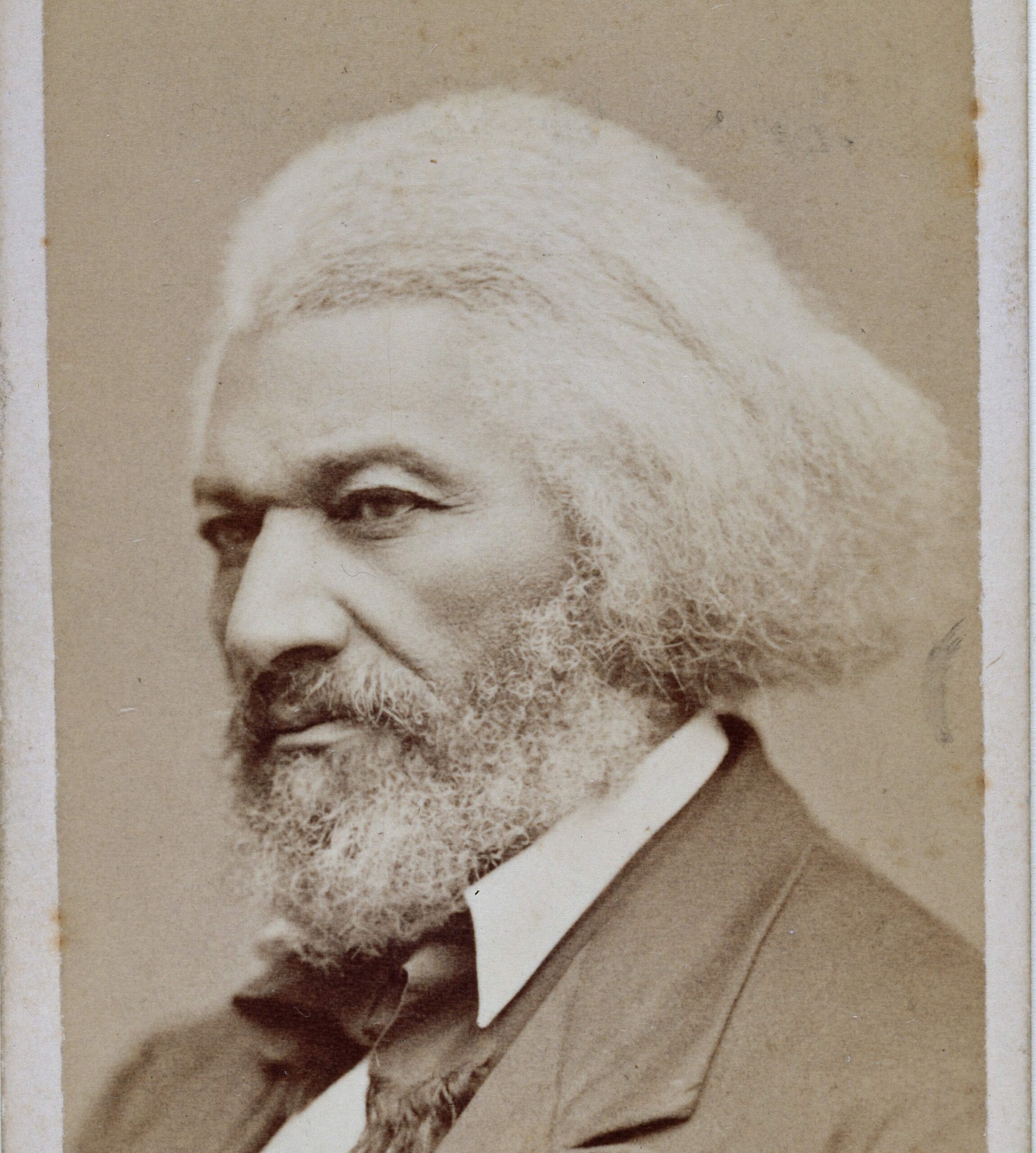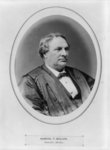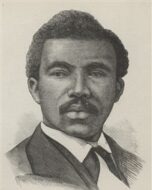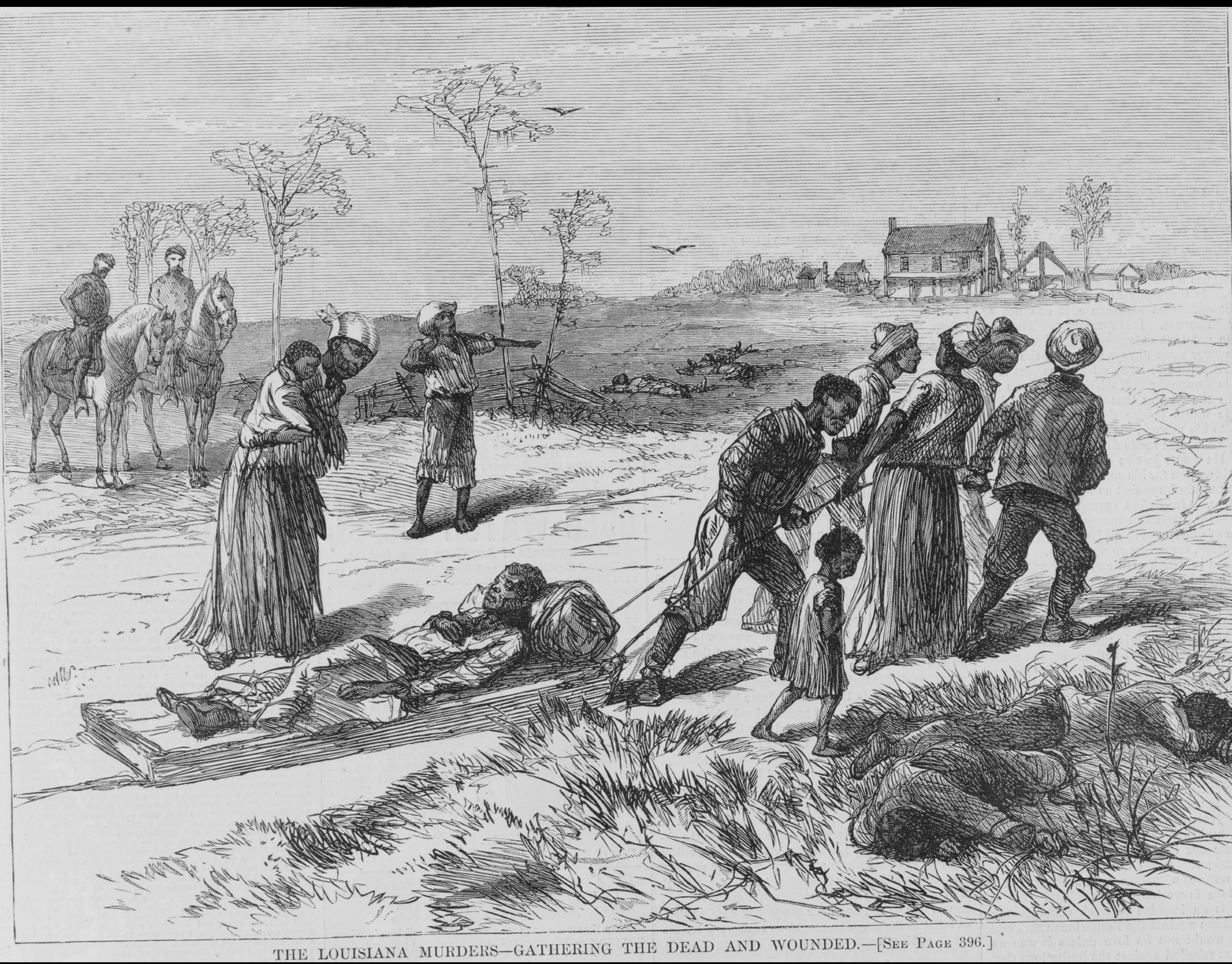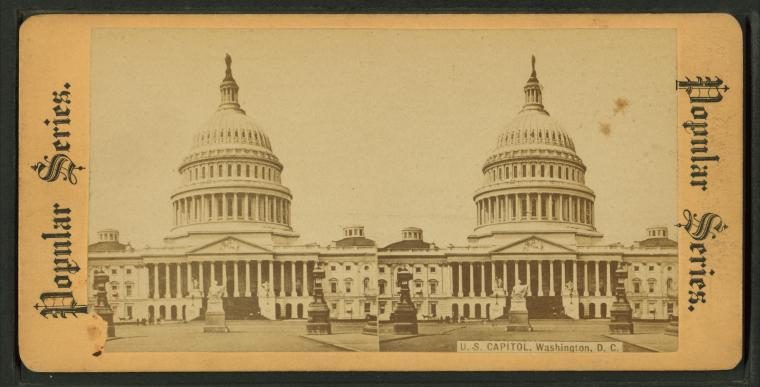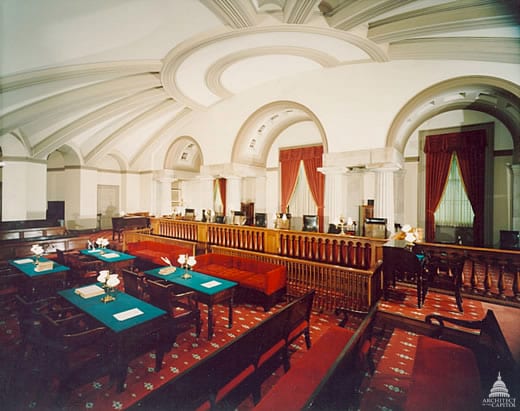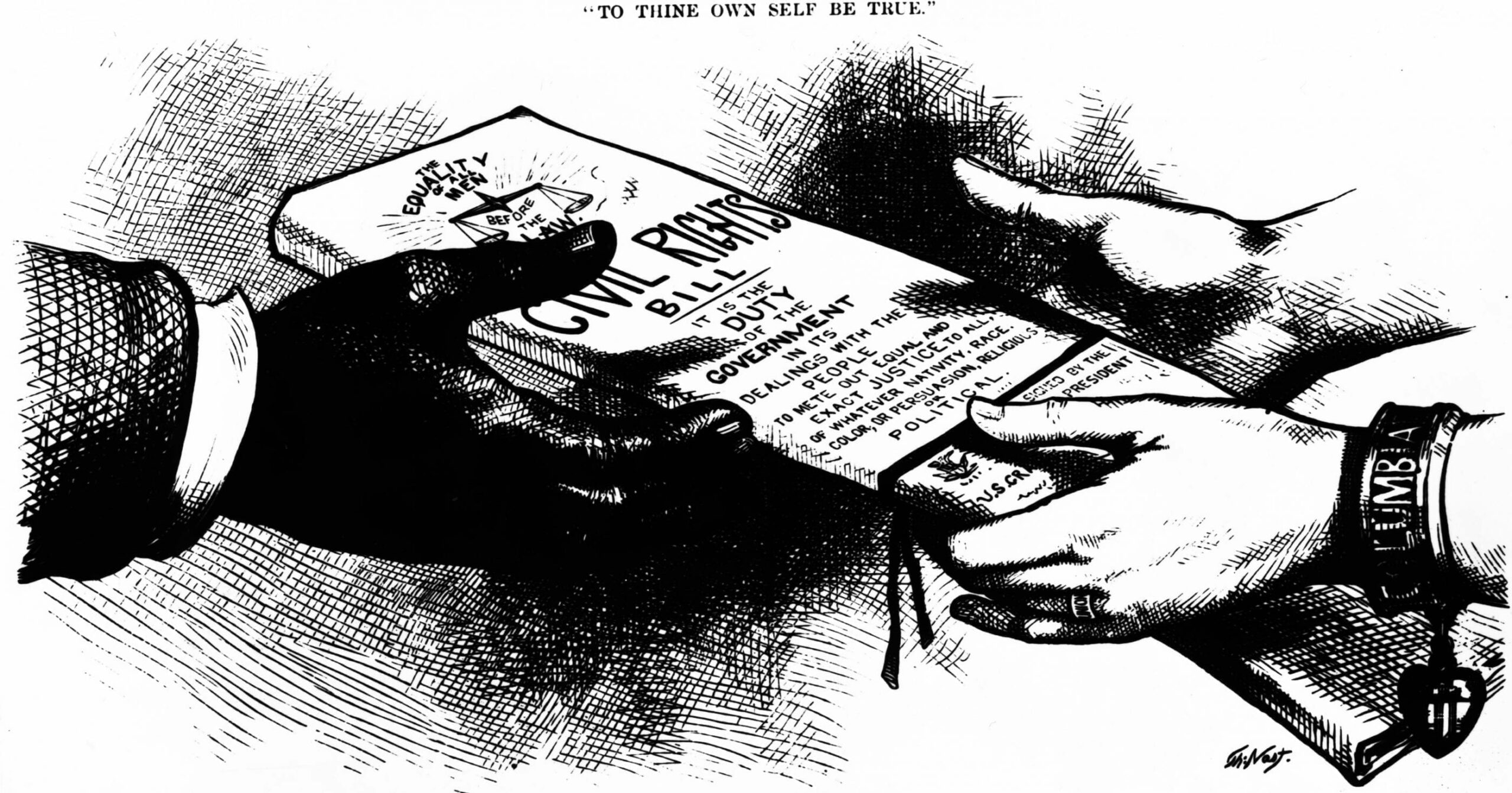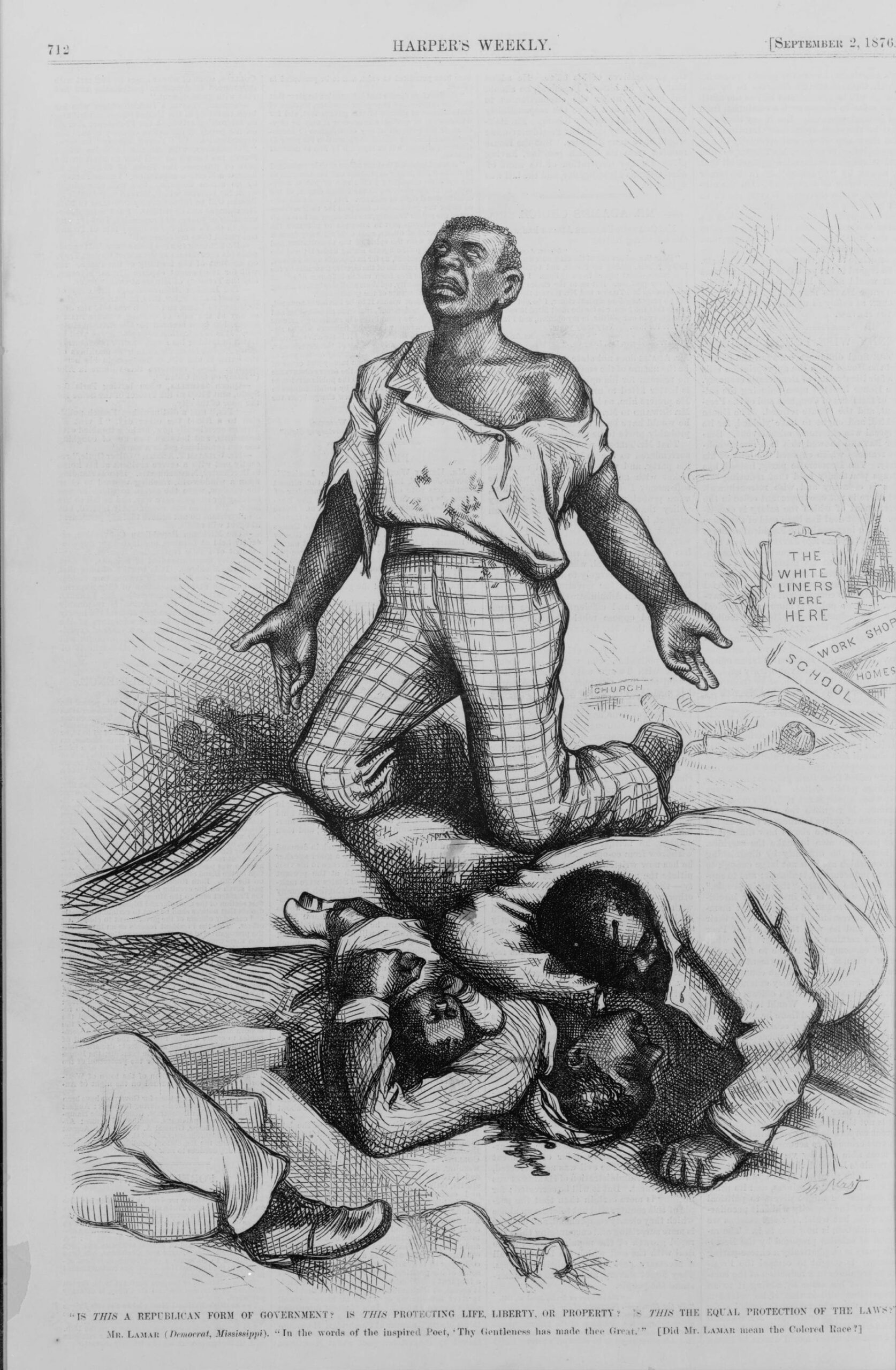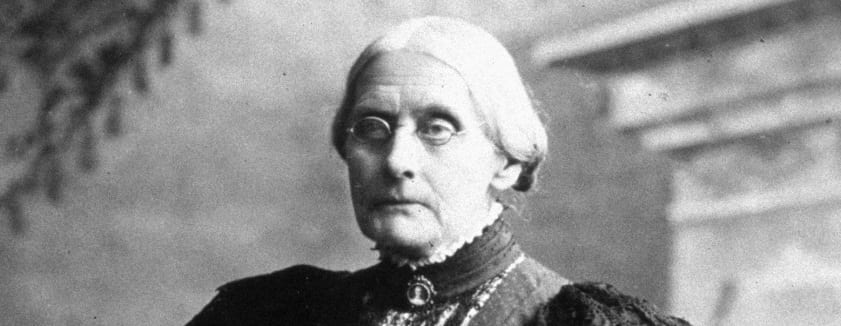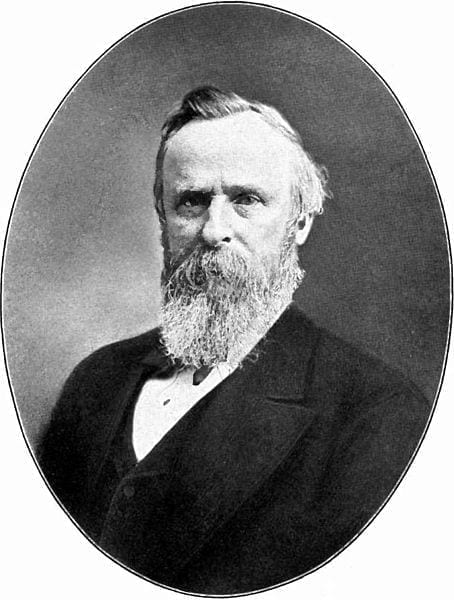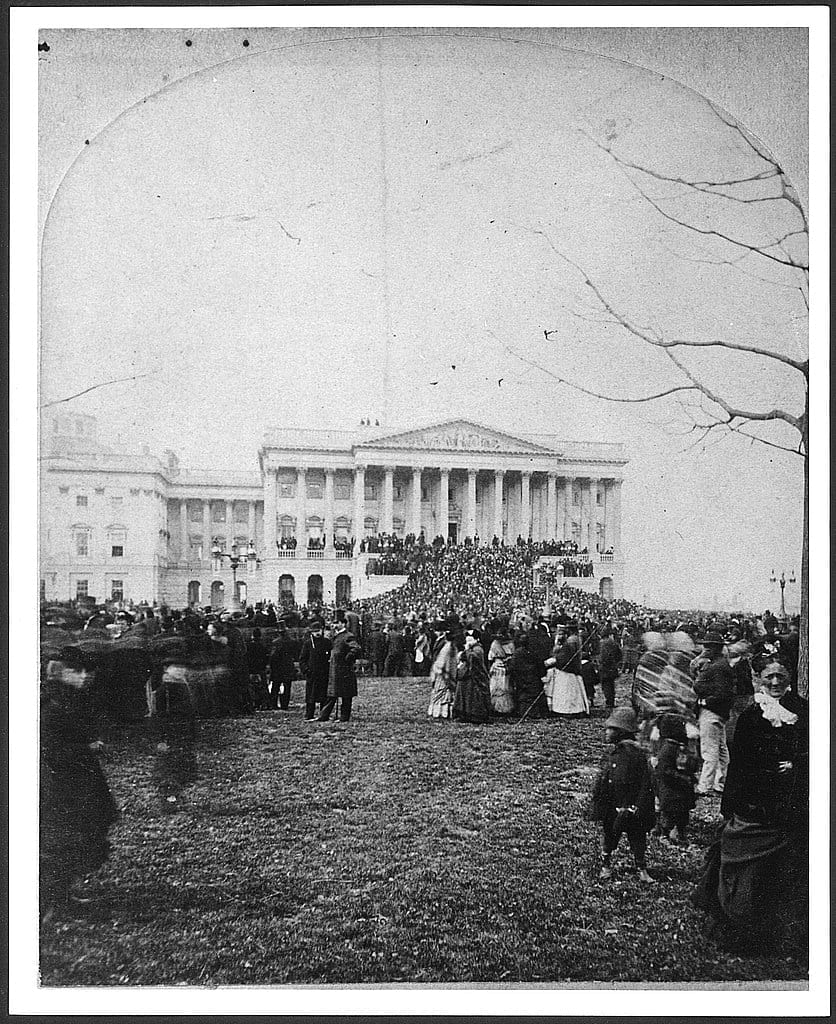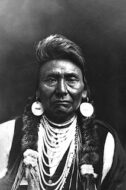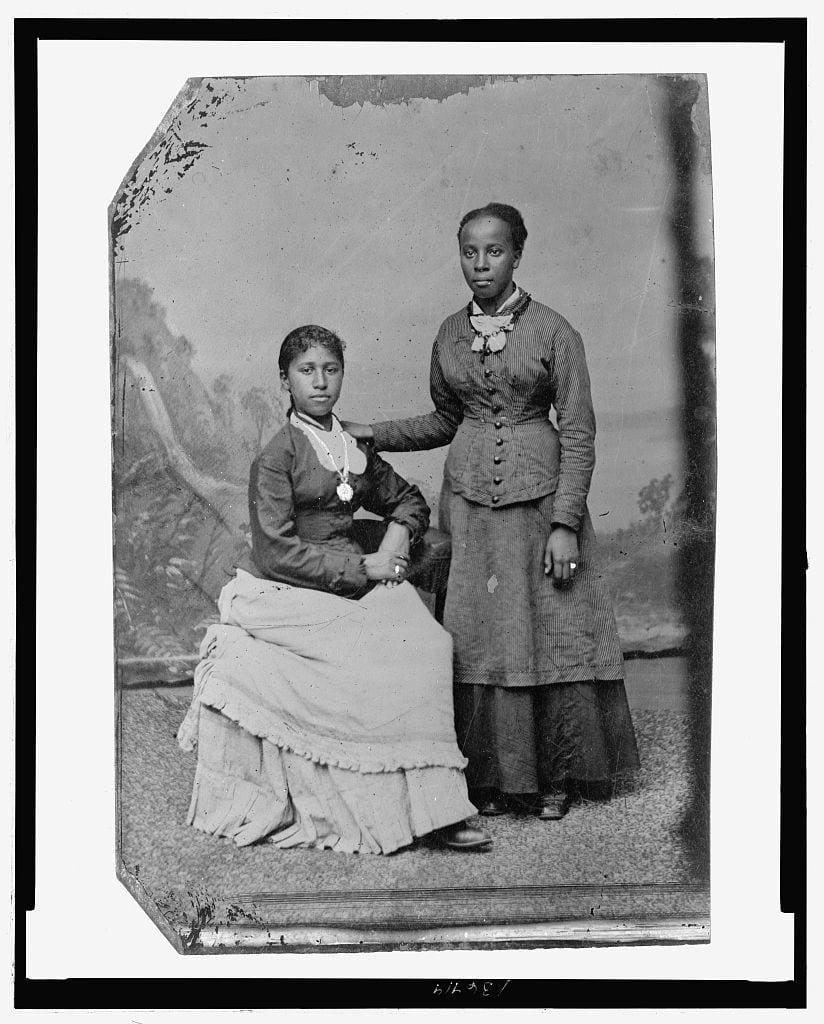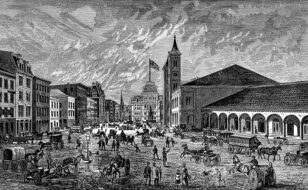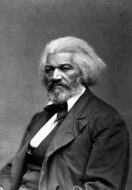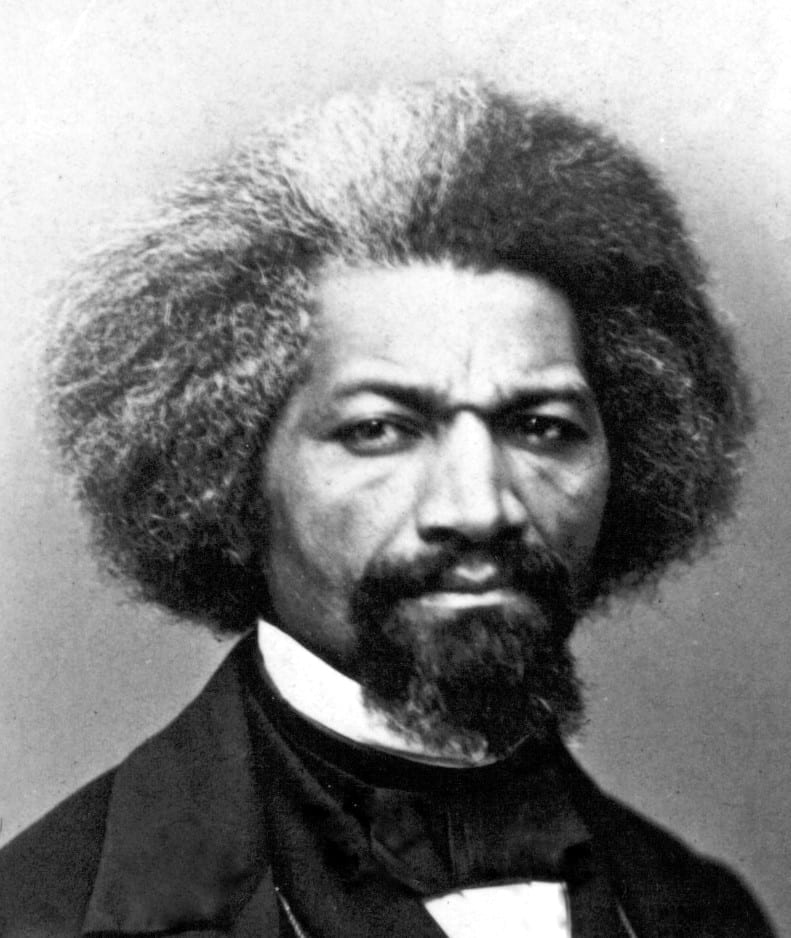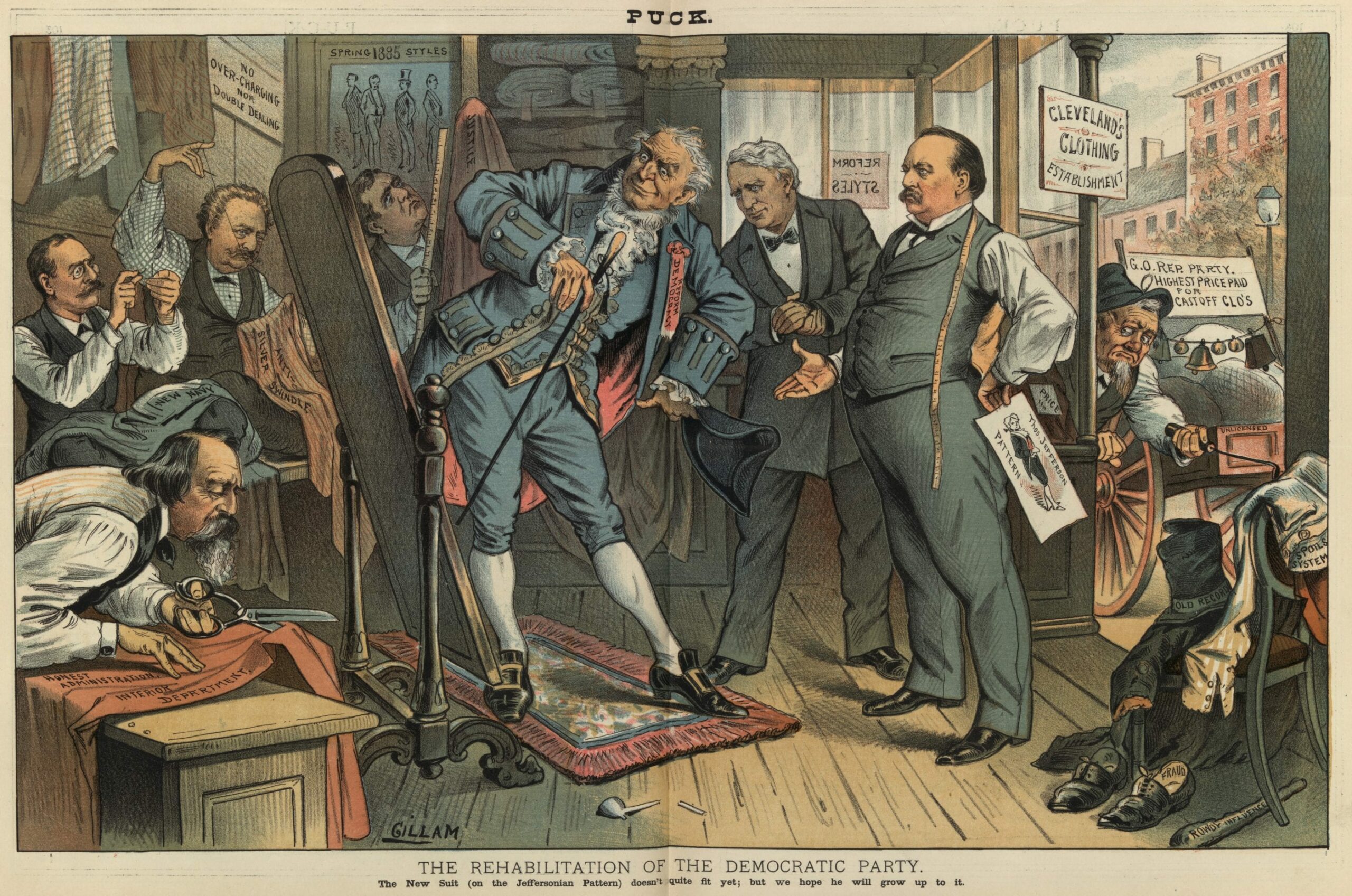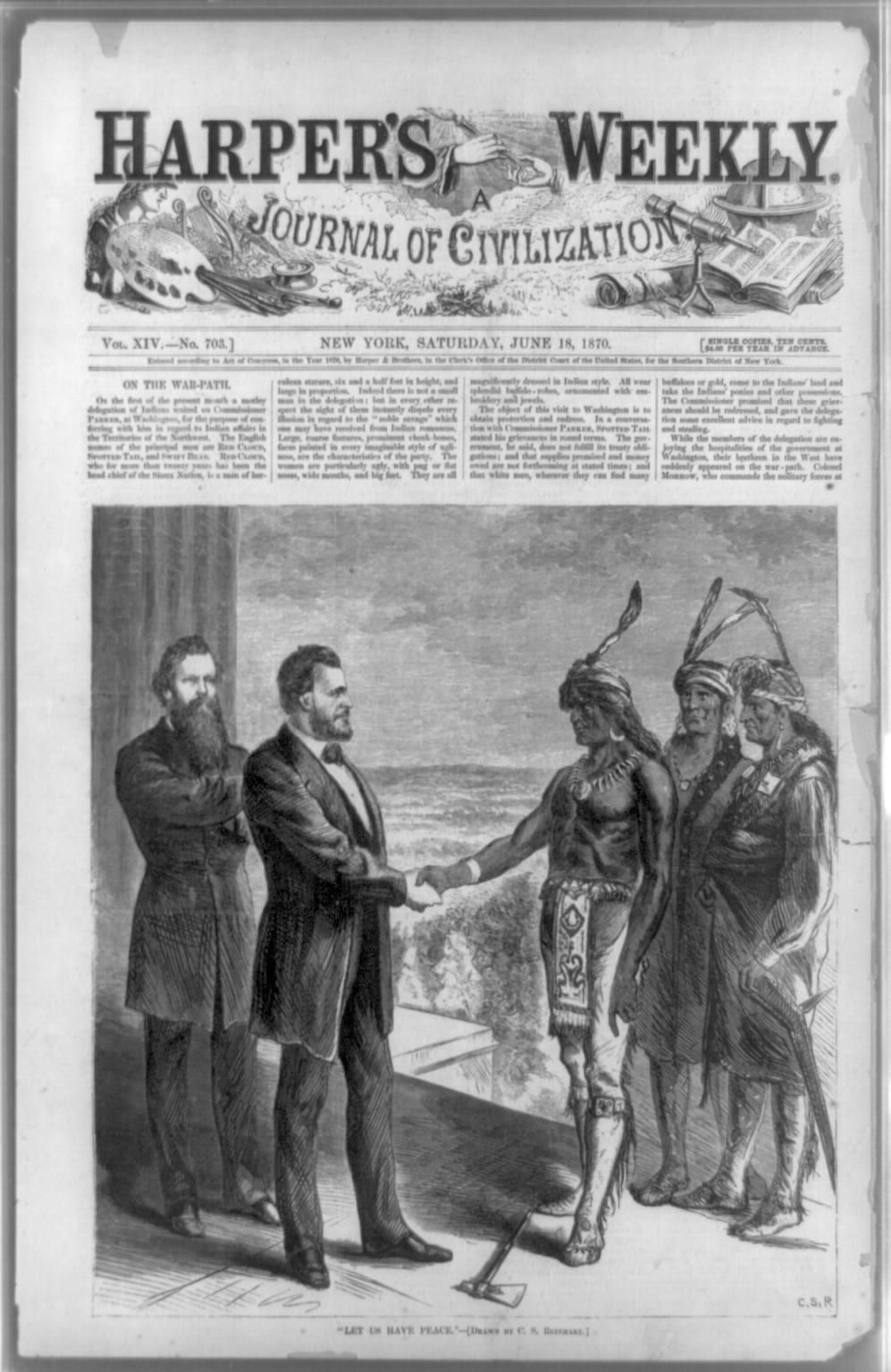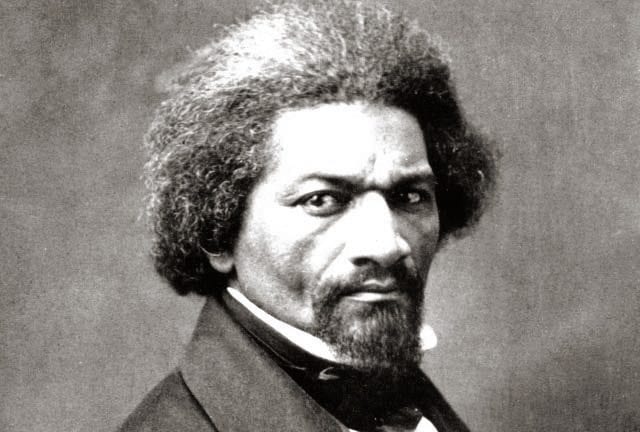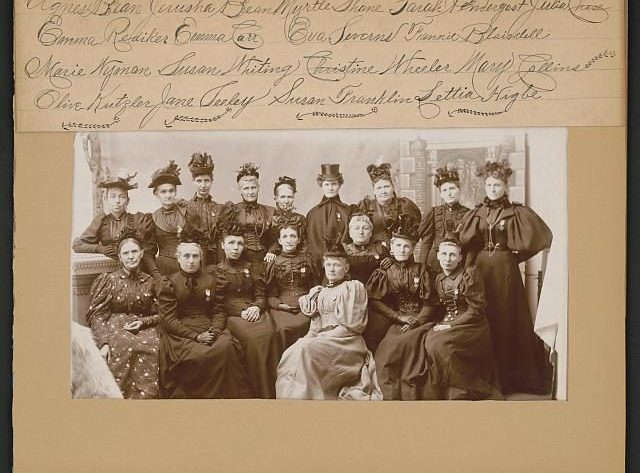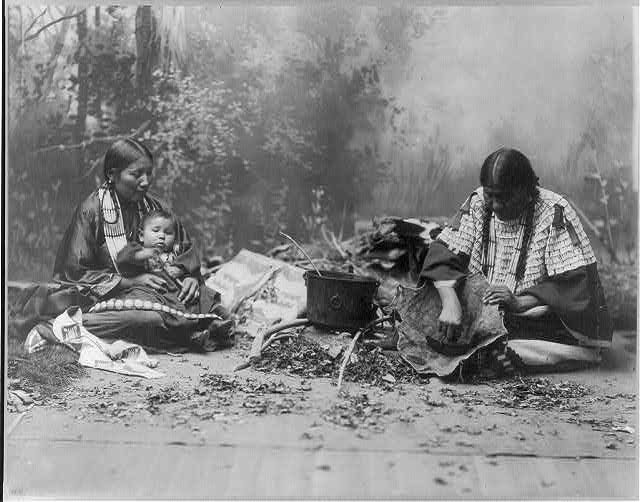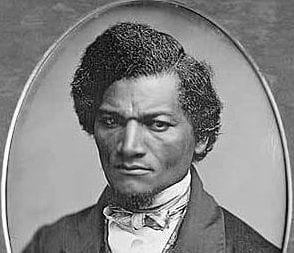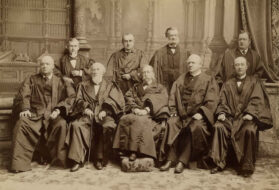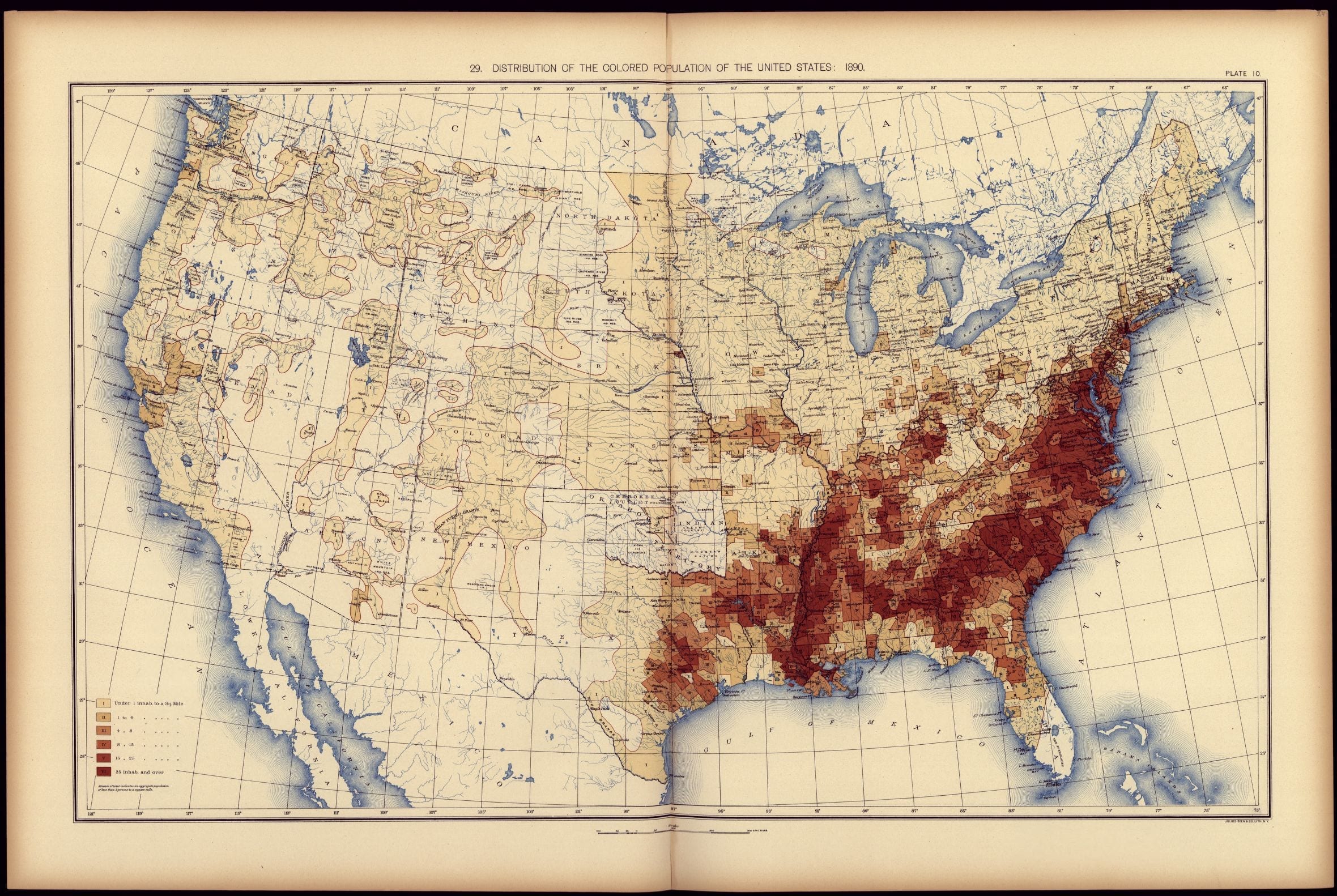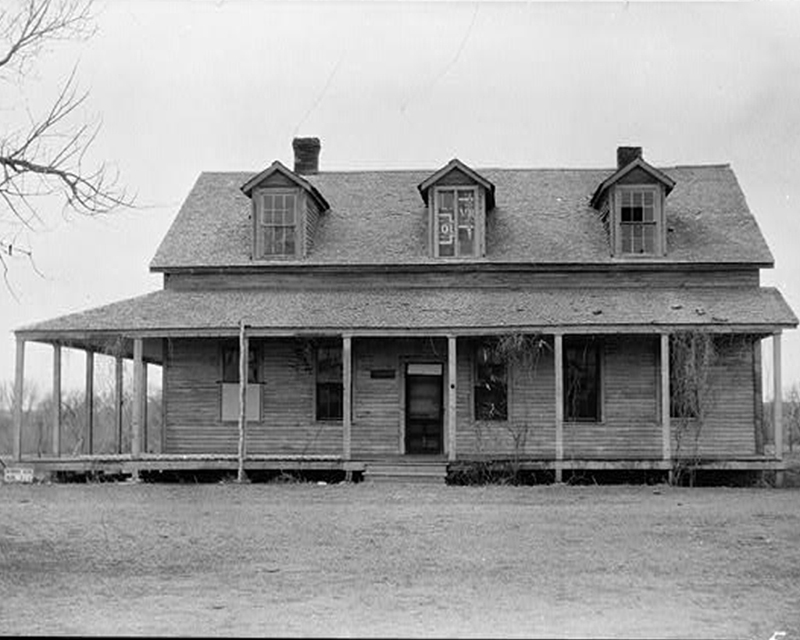
No related resources
Introduction
Following the Civil War, westward expansion resumed. Many pioneers and settlers traveled the Bozeman Trail between the Oregon Trail in Wyoming and the newly discovered gold fields in western Montana. The trail crossed the lands of the Lakota Sioux and the Arapaho, who, along with their Cheyenne allies, tried to prevent its use. The U.S. Army established a string of forts to protect the trail and led campaigns against the Indians, which in turn led to all-out warfare. The signal battle of what came to be known as Red Cloud’s War (1866–68), after the Sioux chief who led the Indians, took place on December 21, 1866.
Capt. William Fetterman (1833–1866) was a flamboyant officer very much in the mold of George Armstrong Custer (1839–1876). Fetterman had risen to the brevet (temporary) rank of lieutenant colonel during the Civil War, although he was reduced to his regular rank of captain afterward. He asked to be sent West to fight Indians, certain of his ability to defeat them. He reportedly boasted, “Give me eighty men, and I will ride roughshod over the entire Sioux Nation.” He was sent to Fort Phil Kearny, one of the outposts on the Bozeman Trail in what is today Wyoming.
On December 21, seven Indians attacked a detail of soldiers who had been sent outside the fort to chop wood. Fetterman was placed in command of a troop to relieve the wood train and bring them back into the fort. Under no circumstances was he to pursue the Indians. Ironically, he had exactly eighty men in his command. The Indians, led by Crazy Horse, began retreating over a nearby ridge, taunting the soldiers as they went. Fetterman ordered a charge. On the other side of the ridge approximately one thousand Indians were waiting. No one in Fetterman’s contingent survived. The Army labeled the engagement the Fetterman Massacre; today it is commonly called the Fetterman Fight or the Fetterman Engagement.
Because of the Fetterman Engagement and others like it, the United States was forced to sue for peace. The Fort Laramie Treaty, signed at a fort in what is now eastern Wyoming, committed the United States to close the Bozeman Trail and abandon the forts meant to protect it. It also created the Great Sioux Reservation, comprising most of the modern state of South Dakota and including the Black Hills, the Sioux’s most sacred site
Fort Laramie Treaty, https://www.archives.gov/milestone-documents/fort-laramie-treaty
Articles of a treaty made and concluded by and between Lieutenant-General William T. Sherman, General William S. Harney, General Alfred H. Terry, General C. C. Augur, J. B. Henderson, Nathaniel G. Taylor, John B. Sanborn, and Samuel F. Tappan, duly appointed commissioners on the part of the United States, and the different bands of the Sioux Nation of Indians, by their chiefs and head-men, whose names are hereto subscribed, they being duly authorized to act in the premises.
Article 1. From this day forward all war between the parties to this agreement shall forever cease. The government of the United States desires peace, and its honor is hereby pledged to keep it. The Indians desire peace, and they now pledge their honor to maintain it. . . .
Article 6. If any individual belonging to said tribes of Indians, or legally incorporated with them, being the head of a family, shall desire to commence farming, he shall have the privilege to select, in the presence and with the assistance of the agent then in charge, a tract of land within said reservation, not exceeding 320 acres in extent, which tract, when so selected, certified, and recorded in the “Land Book” as herein directed, shall cease to be held in common, but the same may be occupied and held in the exclusive possession of the person selecting it, and of his family, so long as he or they may continue to cultivate it.
Any person over eighteen years of age, not being the head of a family, may in like manner select and cause to be certified to him or her, for purposes of cultivation, a quantity of land, not exceeding eighty acres in extent, and thereupon be entitled to the exclusive possession of the same as above directed.
For each tract of land so selected a certificate, containing a description thereof and the name of the person selecting it, with a certificate endorsed thereon that the same has been recorded, shall be delivered to the party entitled to it, by the agent, after the same shall have been recorded by him in a book to be kept in his office, subject to inspection, which said book shall be known as the “Sioux Land Book.”
The president may, at any time, order a survey of the reservation, and, when so surveyed, Congress shall provide for protecting the rights of said settlers in their improvements, and may fix the character of the title held by each. The United States may pass such laws on the subject of alienation and descent of property between the Indians and their descendants as may be thought proper. And it is further stipulated that any male Indians over eighteen years of age, of any band or tribe that is or shall hereafter become a party to this treaty, who now is or who shall hereafter become a resident or occupant of any reservation or territory not included in the tract of country designated and described in this treaty for the permanent home of the Indians, which is not mineral land, nor reserved by the United States for special purposes other than Indian occupation, and who shall have made improvements thereon of the value of $200 or more, and continuously occupied the same as a homestead for the term of three years, shall be entitled to receive from the United States a patent for 160 acres of land including his said improvements, the same to be in the form of the legal subdivisions of the surveys of the public lands. Upon application in writing, sustained by the proof of two disinterested witnesses, made to the register of the local land office when the land sought to be entered is within a land district, and when the tract sought to be entered is not in any land district, then upon said application and proof being made to the commissioner of the General Land Office, and the right of such Indian or Indians to enter such tract or tracts of land shall accrue and be perfect from the date of his first improvements thereon, and shall continue as long as he continues his residence and improvements and no longer. And any Indian or Indians receiving a patent for land under the foregoing provisions shall thereby and from thenceforth become and be a citizen of the United States and be entitled to all the privileges and immunities of such citizens, and shall, at the same time, retain all his rights to benefits accruing to Indians under this treaty.
Article 7. In order to insure the civilization of the Indians entering into this treaty, the necessity of education is admitted, especially of such of them as are or may be settled on said agricultural reservations, and they therefore pledge themselves to compel their children, male and female, between the ages of six and sixteen years, to attend school; and it is hereby made the duty of the agent for said Indians to see that this stipulation is strictly complied with; and the United States agrees that for every thirty children between said ages who can be induced or compelled to attend school, a house shall be provided and a teacher competent to teach the elementary branches of an English education shall be furnished, who will reside among said Indians, and faithfully discharge his or her duties as a teacher. The provisions of this article to continue for not less than twenty years.
Article 8. When the head of a family or lodge shall have selected lands and received his certificate as above directed, and the agent shall be satisfied that he intends in good faith to commence cultivating the soil for a living, he shall be entitled to receive seeds and agricultural implements for the first year, not exceeding in value $100, and for each succeeding year he shall continue to farm, for a period of three years more, he shall be entitled to receive seeds and implements as aforesaid, not exceeding in value $25.
And it is further stipulated that such persons as commence farming shall receive instruction from the farmer herein provided for, and whenever more than one hundred persons shall enter upon the cultivation of the soil, a second blacksmith shall be provided, with such iron, steel, and other material as may be needed.
Article 9. At any time after ten years from the making of this treaty, the United States shall have the privilege of withdrawing the physician, farmer, blacksmith, carpenter, engineer, and miller herein provided for, but in case of such withdrawal, an additional sum thereafter of $10,000 per annum shall be devoted to the education of said Indians, and the commissioner of Indian Affairs shall, upon careful inquiry into their condition, make such rules and regulations for the expenditure of said sums as will best promote the education and moral improvement of said tribes.
Article 10. In lieu of all sums of money or other annuities provided to be paid to the Indians herein named under any treaty or treaties heretofore made, the United States agrees to deliver at the agency house on the reservation herein named, on or before the first day of August of each year, for thirty years, the following articles, to wit:
For each male person over 14 years of age, a suit of good substantial woolen clothing, consisting of coat, pantaloons, flannel shirt, hat, and a pair of home-made socks.
For each female over 12 years of age, a flannel shirt, or the goods necessary to make it, a pair of woollen hose, 12 yards of calico, and 12 yards of cotton domestics.
For the boys and girls under the ages named, such flannel and cotton goods as may be needed to make each a suit as aforesaid, together with a pair of woolen hose for each. . . .
And in addition to the clothing herein named, the sum of $10 for each person entitled to the beneficial effects of this treaty shall be annually appropriated for a period of 30 years, while such persons roam and hunt, and $20 for each person who engages in farming . . .
Article 11. In consideration of the advantages and benefits conferred by this treaty and the many pledges of friendship by the United States, the tribes who are parties to this agreement hereby stipulate that they will relinquish all right to occupy permanently the territory outside their reservations as herein defined, but yet reserve the right to hunt on any lands north of North Platte, and on the Republican Fork of the Smoky Hill River, so long as the buffalo may range thereon in such numbers as to justify the chase. And they, the said Indians, further expressly agree:
1st. That they will withdraw all opposition to the construction of the railroads now being built on the plains. . . .
Article 12. No treaty for the cession of any portion or part of the reservation herein described which may be held in common shall be of any validity or force as against the said Indians, unless executed and signed by at least three-fourths of all the adult male Indians, occupying or interested in the same; and no cession by the tribe shall be understood or construed in such manner as to deprive, without his consent, any individual member of the tribe of his rights to any tract of land selected by him, as provided in Article 6 of this treaty. . . .
Article 16. The United States hereby agrees and stipulates that the country north of the North Platte River and east of the summits of the Big Horn Mountains shall be held and considered to be unceded Indian territory, and also stipulates and agrees that no white person or persons shall be permitted to settle upon or occupy any portion of the same; or without the consent of the Indians, first had and obtained, to pass through the same; and it is further agreed by the United States, that within ninety days after the conclusion of peace with all the bands of the Sioux nation, the military posts now established in the territory in this article named shall be abandoned, and that the road leading to them and by them to the settlements in the territory of Montana shall be closed.
Party Platforms of 1868
May 20, 1868
Conversation-based seminars for collegial PD, one-day and multi-day seminars, graduate credit seminars (MA degree), online and in-person.
